22 things you need to know before visiting India

Dec 15, 2023 • 14 min read
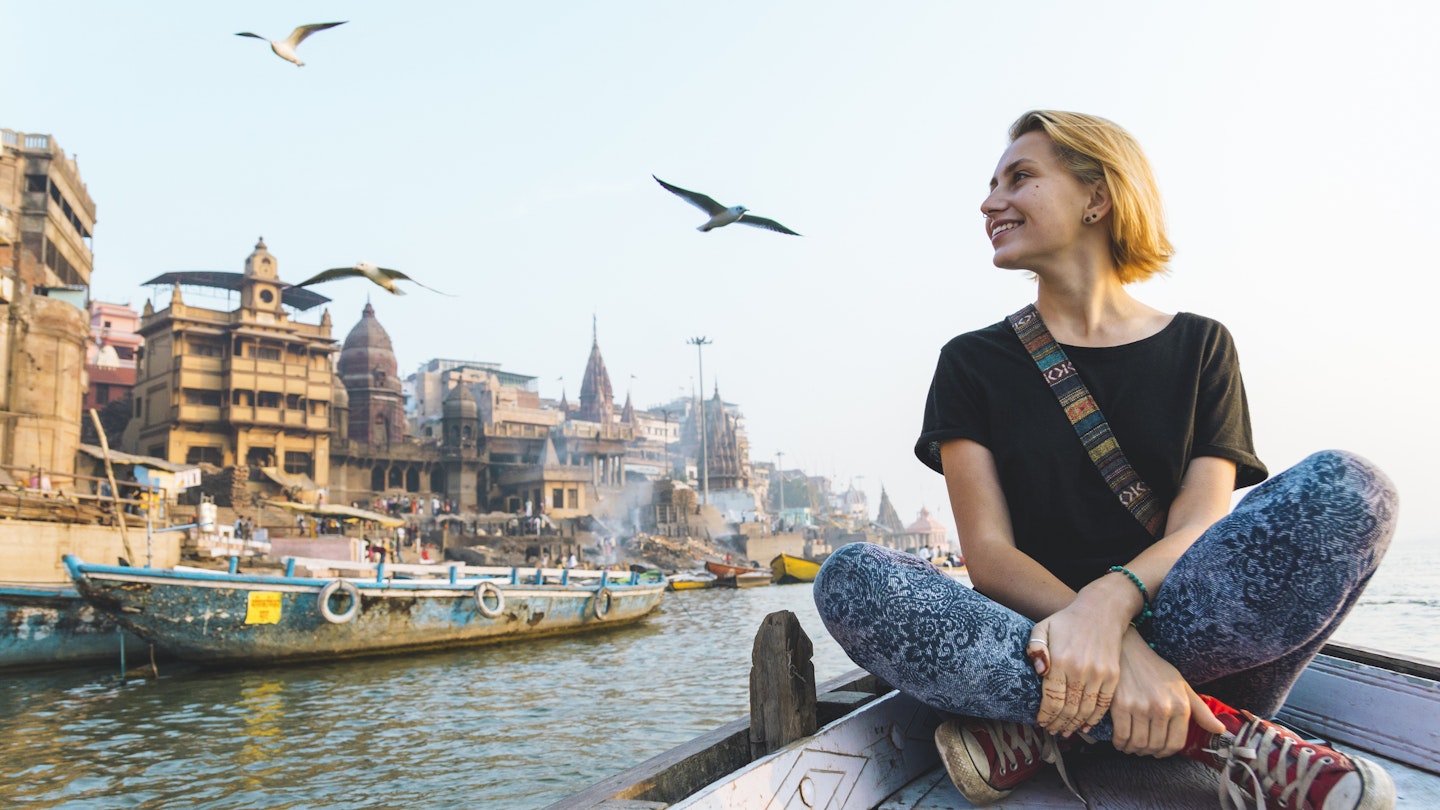
India is a feast for the senses and we've got everything you need to know before you visit © Andrii Lutsyk / Ascent Xmedia / Getty Images
India is a place that overwhelms your senses in the best possible way – nowhere else delivers quite the same barrage of sights, sounds and sensations as this continent-sized country at the heart of Asia.
It would take a lifetime to see all of India , let alone understand every nuance and facet of this nation of 1.4 billion inhabitants. But with a little preparation, you can learn to navigate the richness of this country, from its snow-capped peaks and velvety beaches to its historic temples and luxuriant palaces.
We've collated the top things you need to know about visiting India, but the journey begins before you leave home. Apply for your Indian visa online for a smooth arrival on the subcontinent. Read on for 22 more insider tips that will help make your vacation unforgettable.

1. Plan your trip around the seasons
India has a reputation for being hot and humid, but with beaches, mountains, hills, coastlines and plains all jammed into a relatively small geographical area, the climate is quite diverse. The southwest monsoon brings rainy weather to most of the country from June to September, but this is the best time of year to visit the high-altitude deserts of Ladakh , although depending on the route you take, you risk encountering landslides and floods.
In the far south, there’s also a milder rainy season from October to December. The ideal weather window for travel is from October to May, though temperatures and humidity climb to agonizing levels from March onwards in the run-up to the monsoon. If you find yourself in India in the spring, head to the Himalayan foothills for milder temperatures and good trekking conditions.
2. Get your jabs before you travel
There is no official requirement for vaccinations to enter India (although yellow fever vaccination is needed if you are traveling from a country where the disease is endemic).
That said, it is important that you contact a health professional at least eight weeks before you travel to ensure your jabs are up to date. Vaccinations for diphtheria and tetanus, hepatitis A and B, polio and typhoid are usually recommended, on top of childhood vaccinations for measles, mumps, rubella and varicella.
Vaccinations worth considering for longer trips include Japanese B encephalitis, meningitis and rabies. Monkeys, dogs and cats can all carry the rabies parasite, and infection is fatal if untreated.
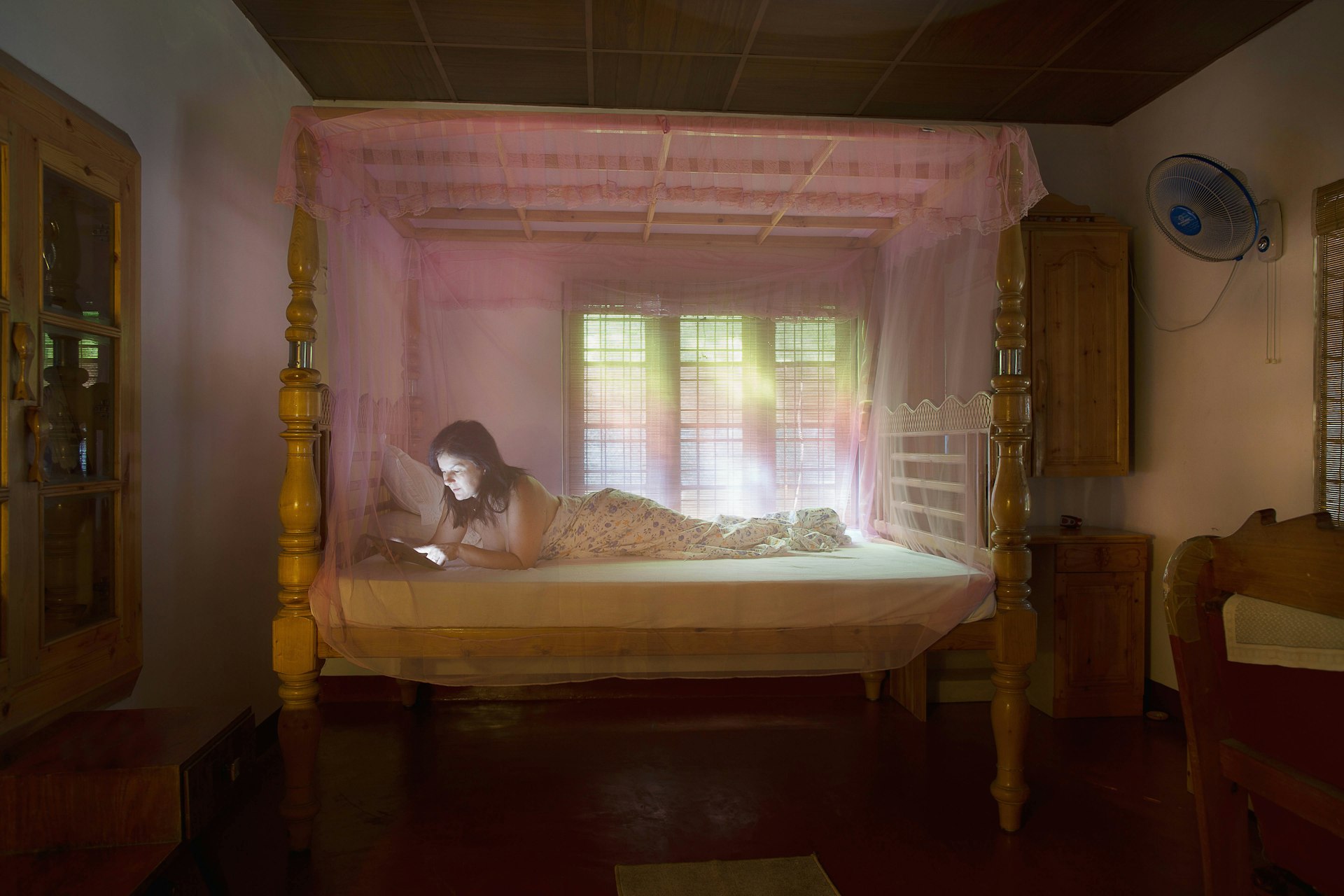
3. Take malaria precautions
Depending on where in India you are traveling to, you may want to speak to your healthcare provider about taking a course of anti-malarial tablets. For instance, northeastern and eastern parts of India, as well as the city of Mangalore, have a higher malaria risk.
Always take precautions to avoid mosquito bites – this will also help you avoid dengue fever, a viral infection that is transmitted by mosquitoes to humans. Sleeping under a mosquito net, wearing long sleeves and trousers in light colors, and using a repellent and/or a plug-in mosquito killer with a high concentration of DEET (diethyltoluamide) is advisable.
4. Get insured
Travel insurance is essential for India. Depending on where you travel to, you may find public hospitals are poorly equipped. Additionally, most private clinics and hospitals require payment ahead of treatment. Make sure you are covered for emergency evacuation and also for any adventure activities you plan to get involved in.
If you’re unlucky enough to be a victim of crime, contact the local police station or dial 100 or 112, the national emergency number. You’ll need to get the police to file a report (a “FIR" – First Information Report) to make a claim on your travel insurance.
5. Book ahead for busy times and festivals
India can get very busy from November to February, so affordable accommodation is usually swamped in peak season. It’s a good idea to book ahead, either directly with the venues or via booking aggregator sites such as Agoda and MakeMyTrip .
Also, book train tickets in advance where possible , particularly for popular routes. Tickets can be booked (with a fair amount of hassle) via the government booking site IRCTC or more easily through local booking sites such as 12Go or Cleartrip .
6. Plan your comms before you travel
Many things in India (including train bookings or ordering food online) get easier if you have a local SIM card. Bring an unlocked phone from home (or pick one up locally) and get a phone shop to sign you up for a local pay-as-you-go SIM package on arrival. You’ll need to bring passport photos and photocopies of your passport ID pages to complete the application.
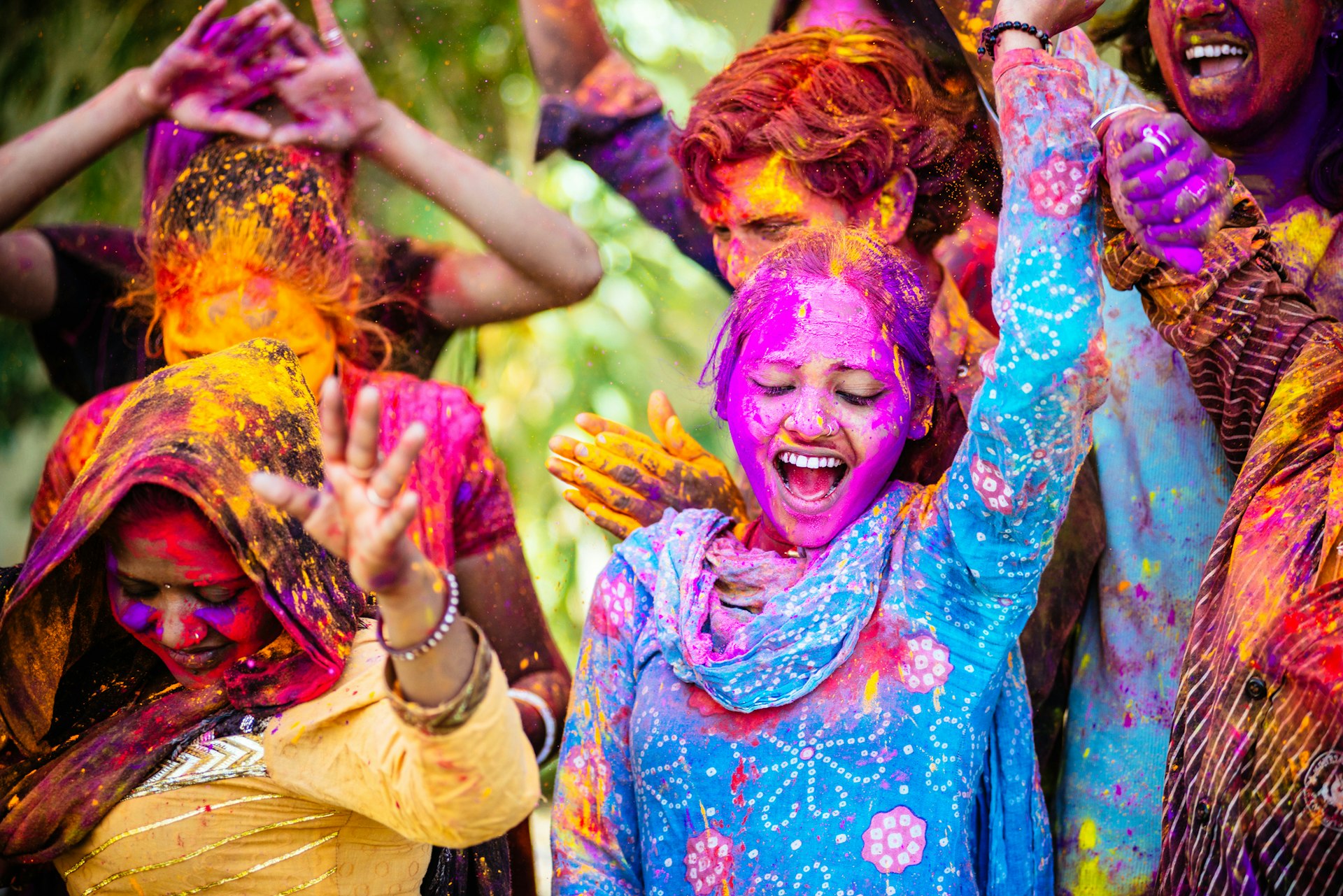
7. Check your lunar calendars
While India officially follows the Gregorian calendar, the major festivals for Hinduism, Buddhism, Jainism, Islam and several other religions follow lunar calendars and fall on different dates from year to year. Always check festival dates before you book your trip (bearing in mind these dates are subject to change); the Indian government maintains a useful online list of public holidays .
8. Learn local etiquette
English is the lingua franca in most metropolitan areas in India, and you’ll get away with polite hellos, goodbyes and thank yous in smaller towns too. However, if you’re traveling in northern India, you can say "namaste" (I bow to you) with your hands together in a prayer-like gesture in front of your chest. Similarly, when meeting Muslims in north India, you can say "salaam alaikum" (peace be with you) – the correct response is "alaikum salaam." Most of the time, it’s the effort that’s welcomed over pronunciation, so don’t be shy!
Shaking hands is a standard business greeting between men, but outside metropolitan regions, men and women rarely shake. Only ever use your right hand. The same rule applies when passing things to people – including money.
If you get invited to someone’s home, bring a small gift (flowers or sweets are always a safe bet) and remove your shoes before entering. It’s polite to eat and drink what you are offered, even if you don’t really fancy it.
9. Dress modestly
Depending on where in India you are, modesty is taken seriously – especially for women. Travelers of any gender will have an easier time if they wear loose-fitting clothing that covers their legs and arms. Swimwear is only appropriate for the beach – although it is not uncommon to see locals swim fully clothed. To fit in, consider investing in a kurta pyjama (a traditional garment resembling a long shirt and loose trousers for men) or a salwar kameez (a long shirt, loose trousers and scarf for women).
10. What to eat and how to eat it
Many religions in India have their own dietary rules. Muslims avoid pork, many Hindus avoid beef, and some Hindus and Buddhists are vegetarian or vegan. Many Jains are vegetarians who avoid some vegetables (most notably onions, garlic and potatoes) and who try to avoid causing harm to all living creatures. These rules mean vegan and vegetarian food is often easy to find in India.
Eating with your hands is the norm in many restaurants, particularly in parts of southern India. Take your cue from other patrons in the restaurant, and remember to eat with your right hand. Mix rice and curry into balls with your fingers and push it into your mouth with your thumb. Some thalis (plate meals consisting of multiple dishes served in tandem) are served not on a plate but on a washed and flash-heated banana leaf.
11. Haggling is not a game of life and death
Haggling for a fair price when buying things – in street stalls and open-air markets – is a way of life in India. Although it can sometimes be a frustrating experience, losing your temper is extremely bad form – if you can’t agree on a price with the vendor that you are both happy with, politely decline and shop somewhere else.
The rules of the game are as follows. The vendor will quote you a price that is more than the item is worth, then you’ll come back with a counter-offer, working up from there until you reach a mutually agreeable figure.
The “walking away” trick may bring a few last-minute adjustments, but before long, you’ll reach a threshold that the vendor won’t go below. Throwing in extra items may bring a discount on the overall cost. Many travelers prefer not to haggle in places where the money goes directly to artisans.
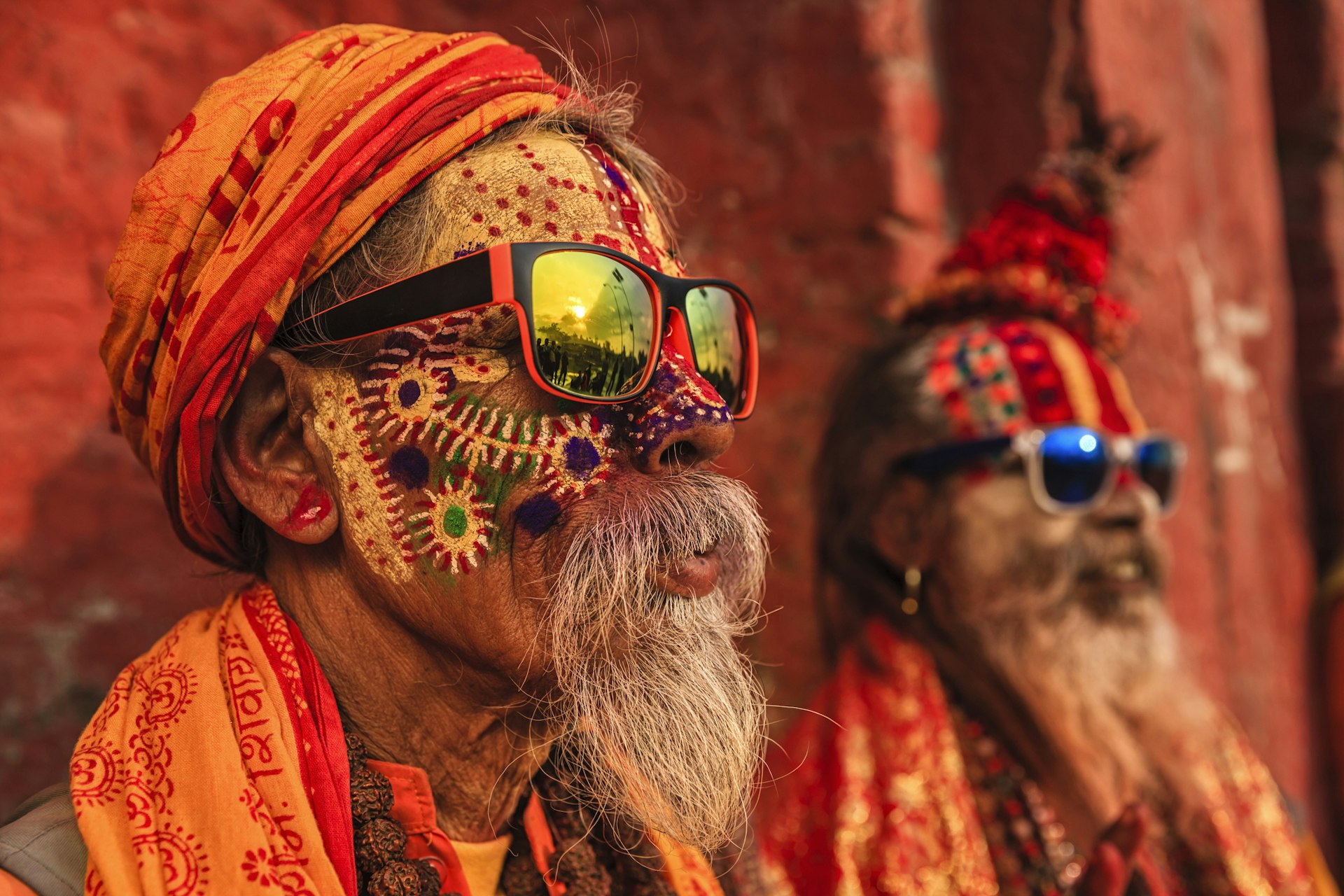
12. Respect etiquette at religious sites
Religion is taken very seriously in India, so it pays to know the rules and expectations for visits to temples, mosques, monasteries, gurdwaras (Sikh shrines), synagogues and churches. Always check if you are allowed to enter – some temples and mosques are closed to people who don’t follow the faith. Mosques may also be closed to visitors during prayers or on Fridays.
If asked to do so, remove your shoes before entering any religious building, and be prepared to cover your head with a scarf or shawl. Generally, always cover your legs and arms (a sarong can be handy as an emergency cover-all). Some temples also ban leather goods, and many religious sites do not allow photography.
Avoid pointing the soles of your feet towards a person or deity – this is considered disrespectful. The same goes for touching any person or effigy on the head. It is conventional to walk around Buddhist and Hindu shrines in a clockwise direction, in a ceremonial circuit known as a parikrama .
Making an offering or leaving a donation is often expected – locals always offer something, but be wary of people waving receipts showing huge donations. Giving something is appropriate, but don’t feel pressured into leaving large sums.
13. Giving alms is common but up to you
The giving of alms has a long history in India, and foreigners can expect to be approached regularly with requests for money. Whether you give or not is a personal choice, but many Indians give on a daily basis, particularly when visiting temples and mosques. Be aware that some requests for money will be scams, and you may be able to do more good by giving your time or cash to charity or aid organizations you’ve taken time to research, rather than handing out cash.
14. Respect local social attitudes
India has complex social rules about respect for elders. Depending on where you are traveling to, older people are often greeted with the honorific “auntie” or “uncle,” and the ending ji may also be added to someone’s name as a sign of respect.
Outside bigger cities, India can be quite conservative when it comes to interactions between unmarried men and women. Also, most parts of India are conservative when it comes to same-sex relationships. Whatever your sexuality, it’s best to avoid public displays of affection.
15. Street harassment is unfortunately common
Although harassment can happen anywhere, parts of India are constantly in the news owing to a lack of women’s safety. Beyond long, unwelcome stares and persistent attempts to start a conversation, more serious assaults are also a risk. Groping is common in crowds (particularly during festivals).
Exercise caution like you would anywhere else, and remain alert. Never get into a taxi or auto rickshaw containing anyone other than the driver, and avoid walking alone in quiet areas, particularly at night. Decline offers of food or drinks from strangers.
If traveling by public transport as a woman, it's best to seek out train carriages and designated seating reserved for women. Wearing a wedding ring (even if not married) and using dark sunglasses and headphones can buy you some privacy on public transport. If you are being hassled, drawing loud attention to the intrusion may encourage others to come to your aid.
16. Keep track of security situations in India
India has seen deadly attacks by separatist and Marxist groups and Kashmiri insurgents. Monitor the local news and be alert for suspicious behavior, particularly around major tourist sites. Always check the security situation before traveling to Srinagar and the Kashmir Valley in case of flare-ups of unrest. Strikes, demonstrations and protests are also best avoided, as violence is a risk. It goes without saying but in the event of trouble, obey local curfews and stay inside – your hotel is probably the safest place to be.
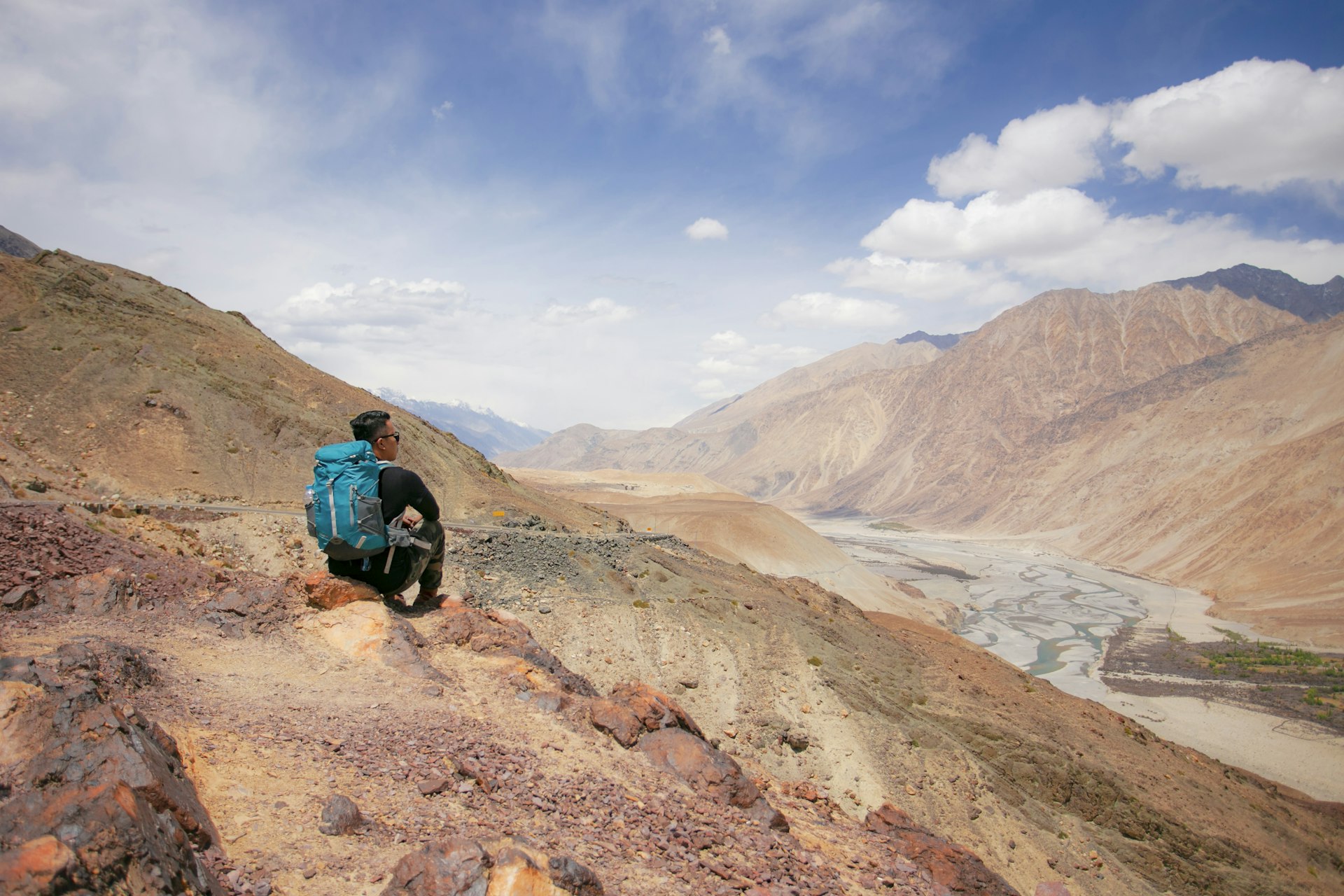
17. Take the altitude seriously when hiking
Acute Mountain Sickness (AMS) is a risk when traveling above 2500m (8202ft), which covers most of the Indian Himalayas . AMS can be fatal, so always ascend slowly and take rest days to allow your body to acclimate to significant elevation changes. If you begin to feel ill while hiking in the mountains, stop, and if your symptoms don’t improve, descend immediately.
18. Familiarize yourself with local rules and regulations
India has a few laws and regulations that visitors might be unfamiliar with. For instance, taking photographs of bridges, the periphery of military camps and border crossings – or flying drones over them – is considered a serious security issue.
When traveling by plane internally in India, you may be asked to surrender batteries from devices in your cabin bags. Smoking is banned in most public places, and a few states also have bans on the consumption of beef – killing or injuring a cow in a road accident, even accidentally, can lead to violent reprisals.
To avoid sticky situations, take the time to research where you’re going, and talk to staff at your hotel or hostel or your B&B host for advice on things to be aware of.
19. Steer clear of drugs
India may have a reputation amongst travelers as a place to push boundaries, but its drug laws are strict. Possessing even small amounts of drugs for personal use can lead to a prison sentence.
Some religious groups are permitted to consume marijuana for ceremonial purposes, but that often doesn’t extend to tourists. You can, however, find bhaang – a marijuana mixture made with the leaves (rather than the bud) of the cannabis plant – at government-approved bhaang shops.
20. Avoid the tap water
The tap water in India is not potable. Drinking or brushing your teeth with it can be a fast track to stomach troubles – the most common illness tourists experience in India. Stick to purified or bottled water (or even better, purify your own to avoid contributing to India’s plastic waste mountain).
The water rule extends to ice (be wary of ice in drinks and ice cream) and to uncooked foods, particularly salads and dishes such as coriander chutneys, which may have been washed with contaminated water. When eating fruit, stick to things you can peel or wash thoroughly yourself, and be cautious of freshly prepared juices. Hot drinks are generally fine, so drink your fill of chai (milky tea, often spiced and sweet).

21. Watch local news to keep track of natural disasters
Some geographical areas in India are prone to natural disasters, and the risk is higher in certain seasons. Hilly areas of Himachal Pradesh, for instance, often see flash flooding and landslides during the monsoon. Be alert to signs of natural disasters and keep an eye on the local news so you know which areas to avoid. Follow the Indian Meteorological Department’s website as well as their social media handle for timely updates.
If you are caught up in a natural disaster, follow the advice of emergency workers and try to leave the area quickly.
22. Spot the scams
India has a reputation for scams designed to separate tourists from their money, and touts and confidence tricksters can often be found where tourists gather. Get tourist information and make bookings at official offices, rather than “tourist offices” you have been led to by people offering unsolicited help.
If anyone steers you to a hotel, shop or other establishment without you asking, they may be angling for a commission, which will be added to the price you pay. Be dubious of claims that the place you want to go is “closed” – always check yourself to be sure.
Exercise common sense and be wary of deals that sound too good to be true – for example, the gem scam, where travelers are tricked into buying worthless gems to “sell at a profit back home.”
This article was first published March 2022 and updated December 2023
Explore related stories
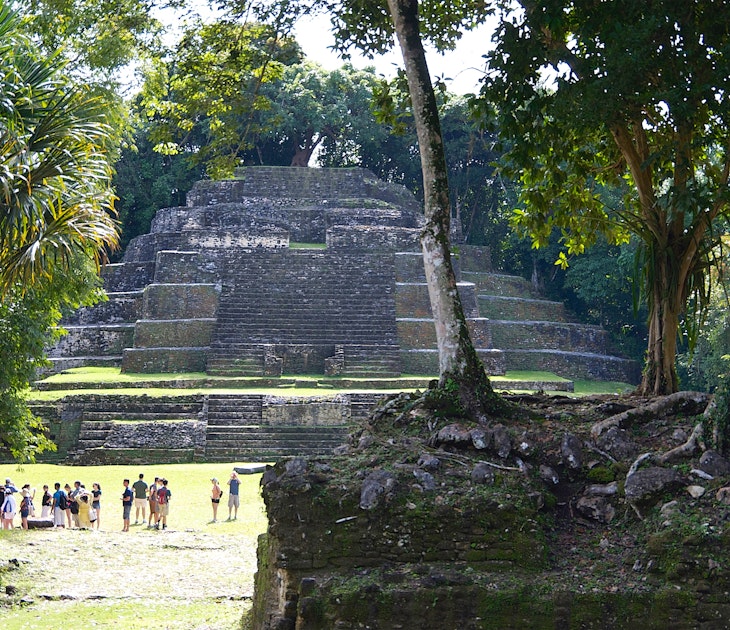
Destination Practicalities
Jan 11, 2024 • 4 min read
Here's what you need to know about visa requirements ahead of travel to Belize.

Jan 5, 2024 • 20 min read

Jan 2, 2024 • 8 min read

Dec 27, 2023 • 8 min read

Dec 20, 2023 • 11 min read

Dec 13, 2023 • 7 min read
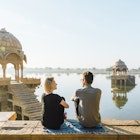
Dec 11, 2023 • 14 min read
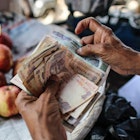
Dec 1, 2023 • 4 min read

Nov 21, 2023 • 6 min read

Nov 7, 2023 • 8 min read

Unlock the Wonders of Odisha: Extend Your Pushkar Fair 2023 Adventure with Travel Link
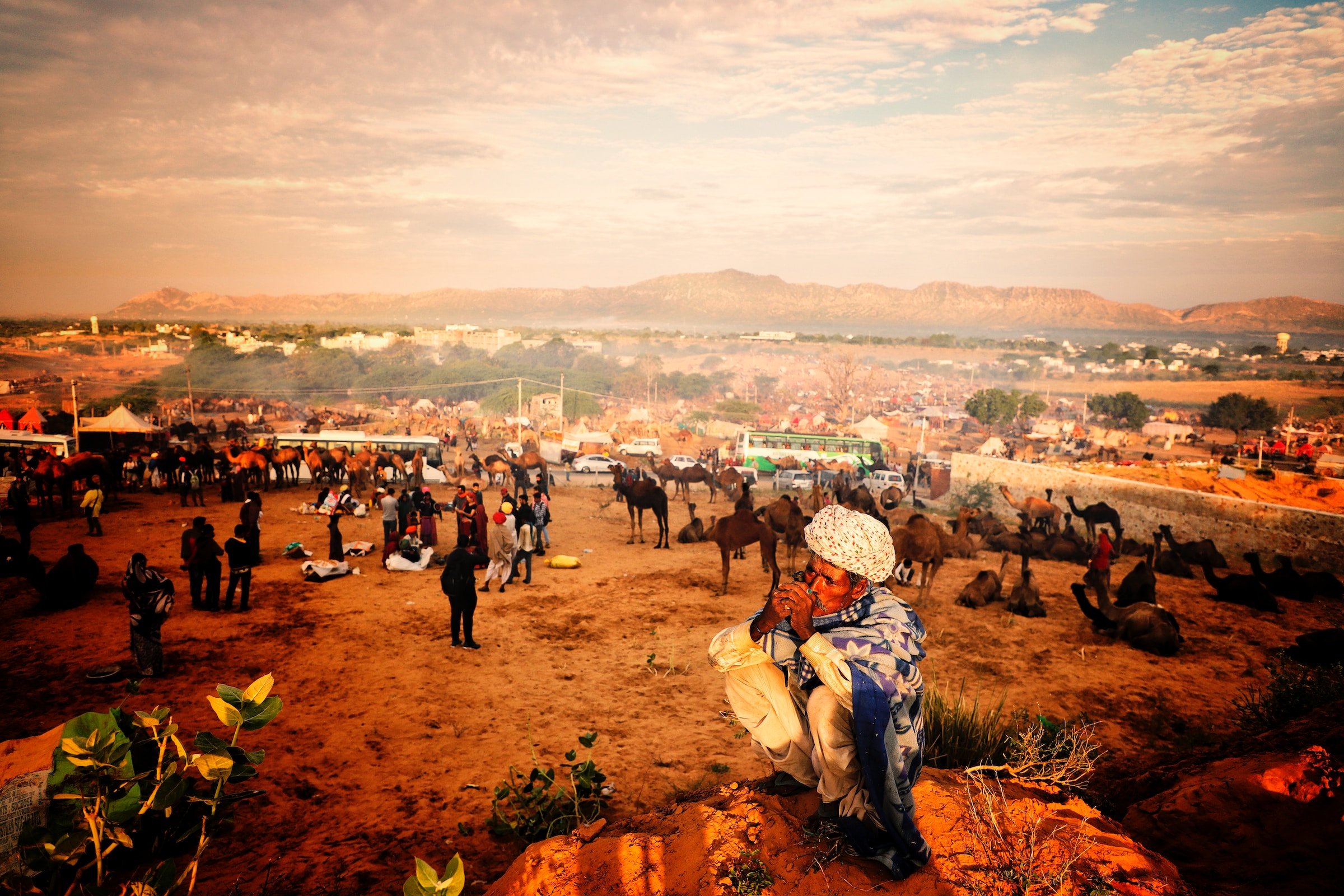
Are you planning a visit to the Pushkar Fair in November 2023? The Pushkar Fair is a mesmerizing cultural extravaganza that draws travelers from all over the world to Rajasthan. But why limit your adventure to just one place when you can experience the rich tapestry of India in all its glory?
Extend Your Journey with Odisha Tours
Travel Link, your trusted and reliable tour operator in Odisha, invites you to make the most of your India visit by exploring the hidden gems of Odisha, a land of diverse culture, ancient heritage, unspoiled natural beauty, and captivating tribal cultures. When you choose to extend your travels with us, you're not just booking a trip; you're embarking on a transformative journey.

Why Choose Odisha?
Cultural Diversity: Odisha boasts a rich cultural heritage with a mosaic of festivals, arts, and crafts waiting to be explored. From classical dance forms like Odissi to the unique tribal cultures, Odisha offers a vivid insight into India's diversity.
Ancient Temples: Odisha is known as the 'Land of Temples' with architectural marvels like the Konark Sun Temple and the Jagannath Temple in Puri, where spirituality and history come together.
Pristine Beaches: Experience the serene beauty of Odisha's beaches like Puri Beach and Chandrabhaga Beach, where you can relax and rejuvenate.
Wildlife Sanctuaries: Odisha is home to some of India's most diverse and pristine wildlife sanctuaries. Explore the lush forests and unique wildlife at Simlipal, Bhitarkanika, and Nandankanan Wildlife Sanctuaries.
Tribal Cultures: Discover the enigmatic world of Odisha's tribal communities, each with its own customs, traditions, and unique way of life.
Delicious Cuisine: Savor the unique flavors of Odisha's cuisine, from mouthwatering seafood to delectable sweets like Rasgulla and Chhena Poda.
Warm Hospitality: Experience the genuine warmth and hospitality of the people of Odisha, who will make you feel like a part of their extended family.
Why Choose Travel Link?
Travel Link is your trusted partner for exploring the hidden treasures of Odisha. We are not just a tour operator; we are your companions on this incredible journey. We ensure every moment of your trip is filled with comfort, safety, and memorable experiences.
Our services include:
Customized Itineraries: Tailored to suit your preferences and interests.
Experienced Guides: Our knowledgeable guides will make your trip informative and enjoyable.
Comfortable Accommodation: Handpicked hotels and lodges for a relaxing stay.
Safe and Reliable Transportation: We prioritize your safety and ensure hassle-free travel.
24/7 Support: We are always there for you, no matter where you are in Odisha.
Extend your journey beyond Pushkar Fair, and let us introduce you to the wonders of Odisha. Make your travel unforgettable and explore the magic of India with Travel Link. Your journey starts here!
Book Now and Let Your Odisha Adventure Begin!
Contact us today to plan your extended travel to Odisha, and let us turn your trip into a truly unforgettable experience. Don't miss this opportunity to explore the mystical land of Odisha, including its captivating tribal cultures. Your adventure awaits!
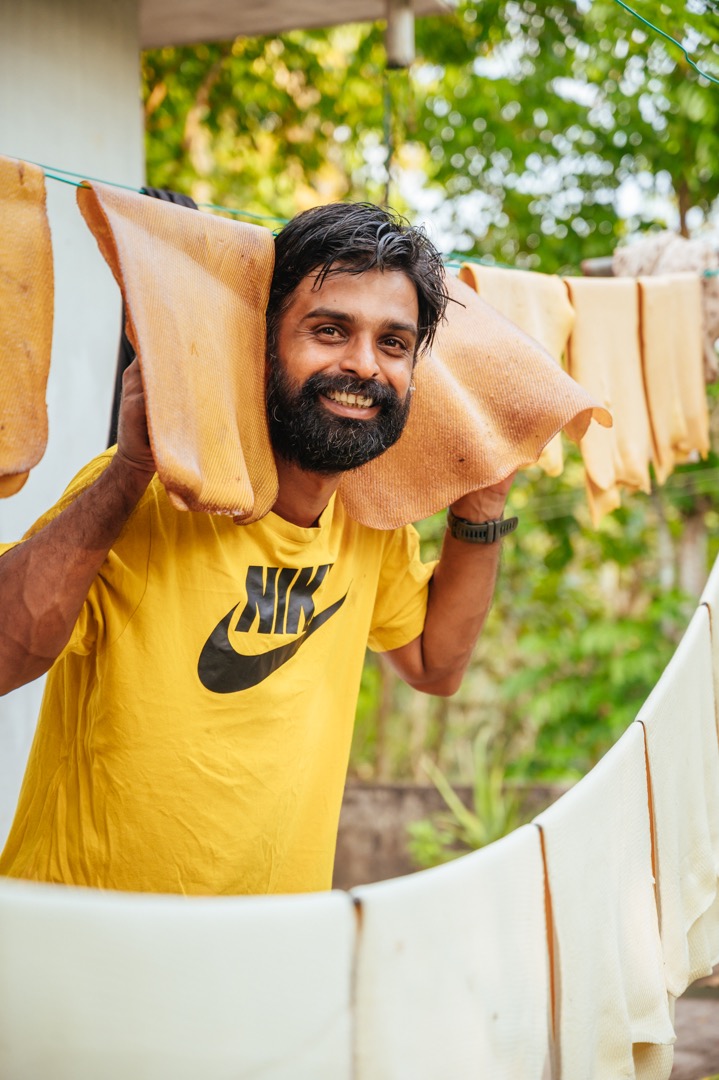
World Tourism Day
Nomadic Matt's Travel Site
Travel Better, Cheaper, Longer
India Travel Tips for First-Time Visitors
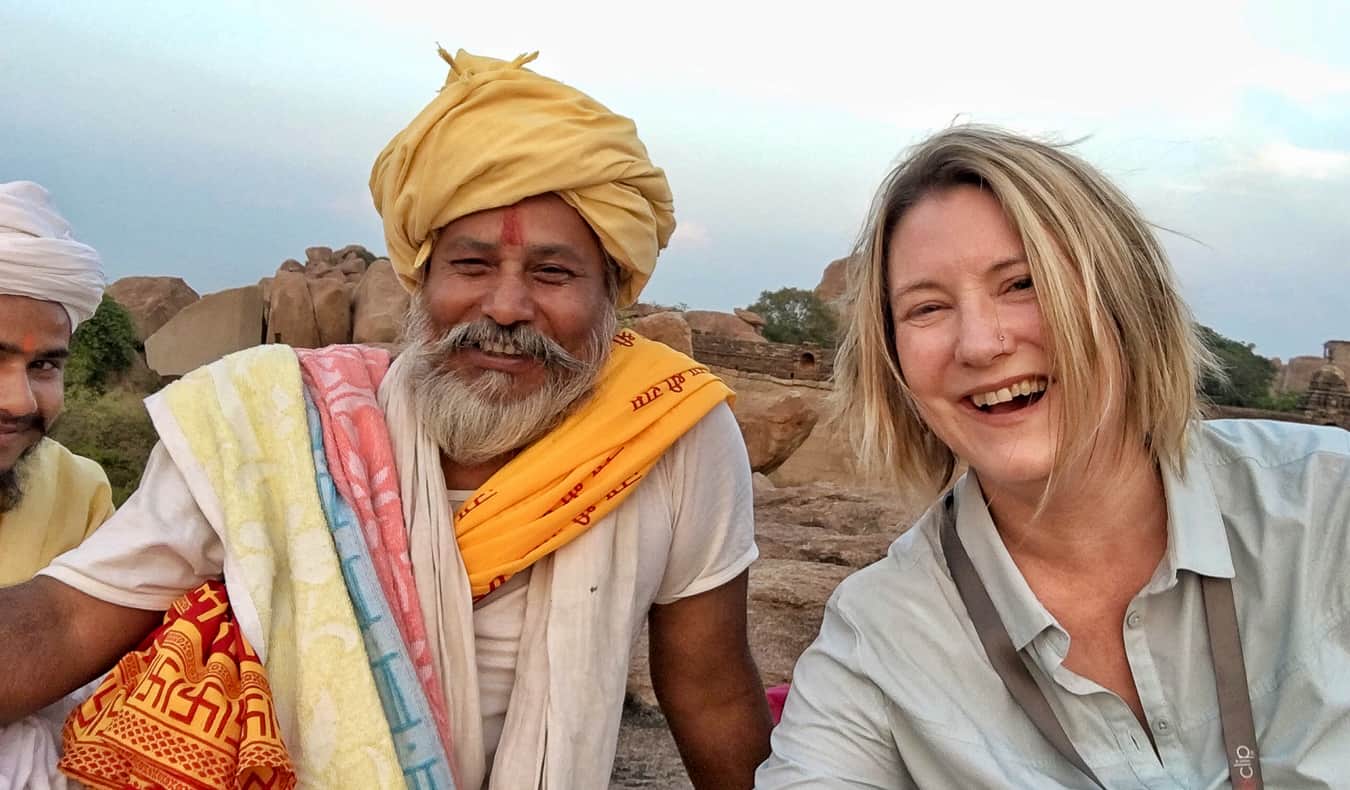
I’ve never been to India. I know. Crazy, right? It’s not that I don’t want to go but life has just always gotten in the way. However, India is a place a lot of people visit and, since I can’t write about it, I want to bring in someone who can: my friend Mariellen Ward. She’d a travel writer who has been going to India since 2005 and runs the website Breathedreamgo . We’ve known each other since 2010. Today, she’s going to share some tips on how to visit India for first-time visitors.
I will never forget my first time visiting India. My first car trip in Delhi felt like a roller-coaster ride. Cars and trucks of every size, overloaded bicycles and motorcycles, and even the occasional bullock cart, seemed to be coming at me from every direction. No one was paying any attention to lanes or the rules of the road. Vehicles were driving the wrong way. I couldn’t make sense of what was happening.
I had heard about the “sensory overload” travelers feel in India, and now I was experiencing it. It was exciting and nerve-wracking in equal measure. And just a taste of things to come.
I spent six months crisscrossing the subcontinent on my first trip, back in 2005 and was often overwhelmed by the huge crowds, the foreign traditions, the perplexing bureaucracy, the mind-boggling complexity, and the bewildering culture shock.
These things combined make India a challenging — though very exciting and rewarding —destination.
However, if you read and follow these travel tips for first-time visitors, they could help smooth out some of the more disorienting bumps.
1. Slow down
It takes time and some know-how to successfully navigate in India. This is not a place for hurried travel. Don’t try and see as much as you can; that is not the right approach. It’s tiring to travel in India, and the object should be to experience it, not to check things off a list.
As a general rule, for every two weeks you are in India, pick one region. For a one-month trip, just pick two regions — say, two weeks in Rajasthan and two weeks in Kerala . You can even sit in one place and still not miss anything. No matter what, if you are in India, you will experience India.
2. Adjust your attitude
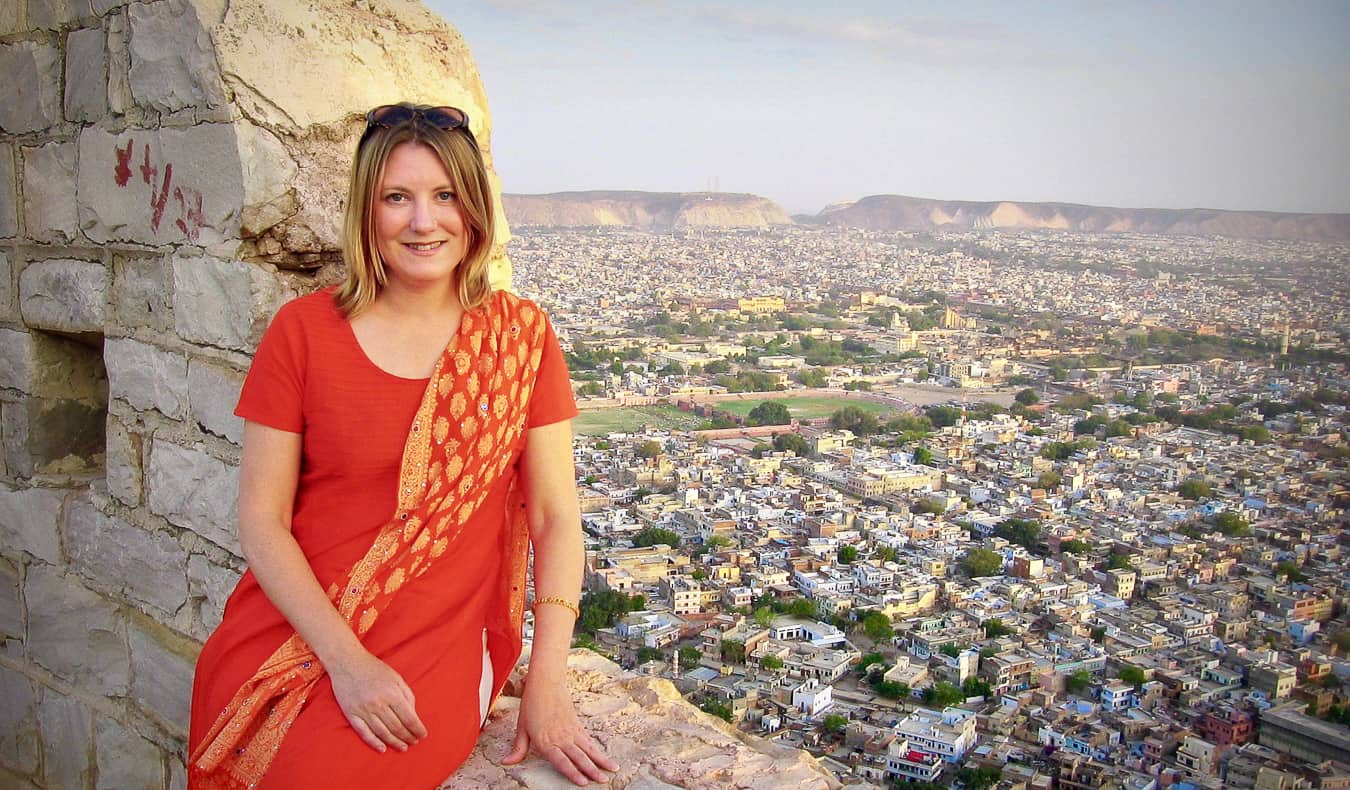
Likewise, accept that things will not go as planned. Cultivate the philosophy that things happen the way they are supposed to, not the way they are planned. This attitude can lead to the most marvelous adventures.
3. Be careful who you trust
Having said that it’s a good idea to be open, a healthy level of skepticism also comes in really handy in India. There are many con men there, especially in the travel and hospitality sector. They have a sixth sense for first-time visitors and will try and take advantage.
So, learn the prices by asking locals and other travelers before negotiating with auto-rickshaw drivers and market vendors. Don’t believe drivers — or random people you come across at airports, train stations, and tourist attractions — who tell you things such as your hotel burned down, or the train you want was canceled.
Often, an opportunity to make money off of you will spur creative tactics, and some of these scams can easily catch you off guard. Once, I was looking for a new iPhone case and the vendor showed me one and told me it was made by Apple. But a close look revealed four spelling mistakes in one short sentence engraved inside the case.
4. Practice safe travel
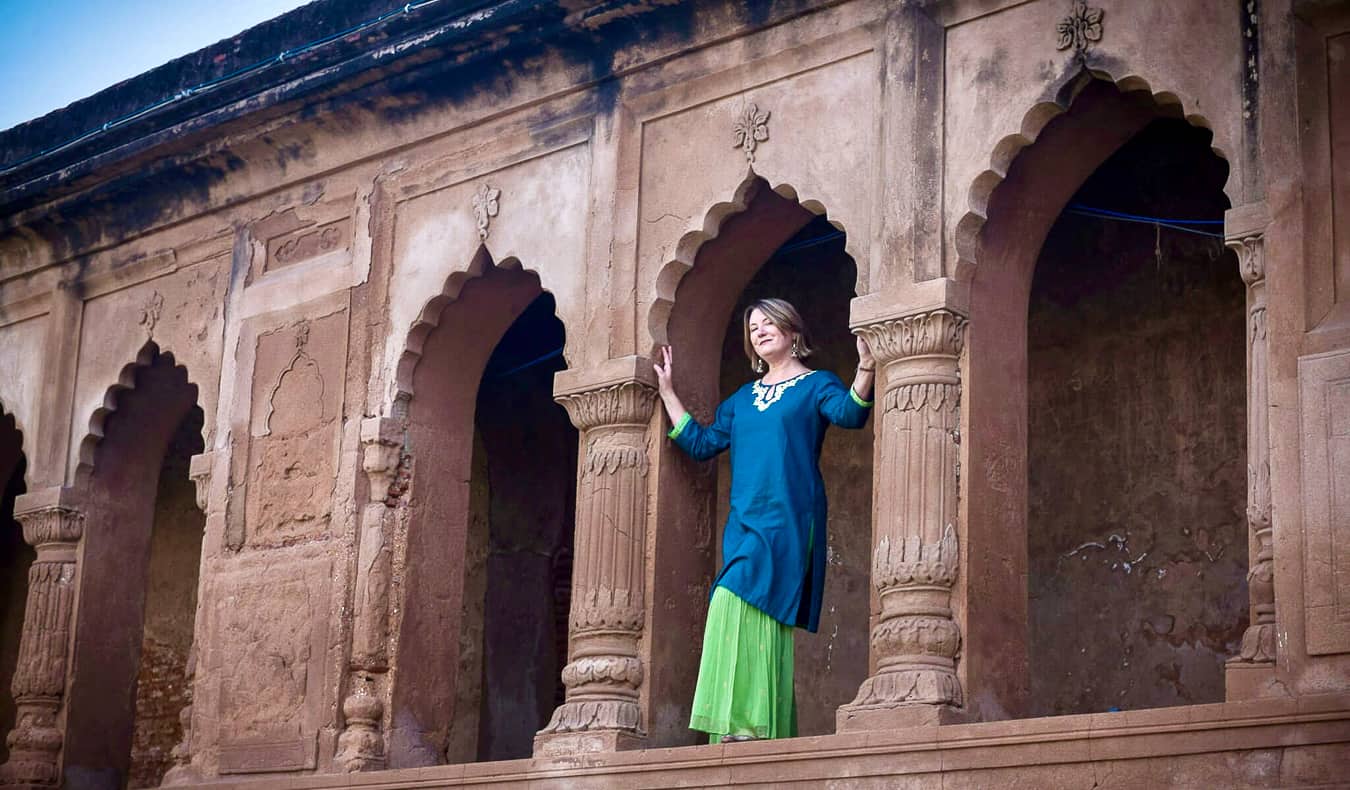
There are also anecdotal reports of women being molested, especially in busy, crowded places. Follow basic precautions and safe travel strategies, and use common sense in India.
Here are several safety travel tips (please read my top tips for women traveling in India for more details):
- Buy a local SIM card so that you can make local calls and stay in touch.
- Research carefully where you want to go, ensuring it is an area frequented by other travelers, with good infrastructure and hotels.
- Plan your travel so you don’t arrive late at night; travel during daylight hours only.
- Be careful when posting to social media, so that you are not revealing your current location.
- Stay alert to your surroundings, and keep a close eye on your handbag and luggage.
- Keep the Tourist Helpline number handy and call if you need any assistance: 1-800-111363.
5. Try a small group tour
For your first time in India, try taking a small group or custom tour to help you get your feet wet. My company, India for Beginners , was founded to help women travel safely and well in India. We offer a few small group tours, but we specialize in creating custom tours and providing a high level of personal service, such as meeting travelers at the airport and assigning a tour manager who is available 24/7. We hold your hand in India!
6. Take the train
Taking a train in India is a great experience and should not be missed. However, you need some basic knowledge about the classes and the trains. You may not want to dive into sleeper class or general class immediately; I would recommend 2AC (second class with air conditioning) or CC (chair car). Or even 1AC (first class with air conditioning) or EC (executive chair car).
Shatabdi and Rajdhani trains are among the best in India, so try and book one of these. Overnight trains can be a problem because they don’t clean the toilets at night, so keep that in mind when you book.
7. Eat the food
India is one of the world’s great culinary destinations, and first-time visitors should not shy away from trying all the delicious cuisine on offer, even street food. Some of the famous Indian items you shouldn’t miss are masala chai, sweet lassi, biryani, pakoras, dosas, and sweets such as gulab jamun and kheer.
It’s hard to avoid getting sick in India, though, because you never know when a tainted item will cross your plate. It could be at a street stall or a five-star restaurant. However, you can reduce the chances of getting sick by following these basic rules:
- Drink filtered or bottled water only.
- Watch for undistilled water in ice or sauces.
- Avoid salad and other raw food unless you can peel it (such as an orange or banana).
- Eat only food that is freshly cooked.
- Look for busy stalls and restaurants with high turnover.
8. Get a local SIM card
Everything in India runs on WhatsApp, one-time password (OTP) verification, and text messages. Because of this, you need a local number. To do so, get a local SIM at the airport when you arrive. Still, you may have trouble paying for things online with a foreign credit card, as India requires OTP verification, and getting registered with Indian Railways so you buy train tickets online is nearly impossible.
9. Remember where you are
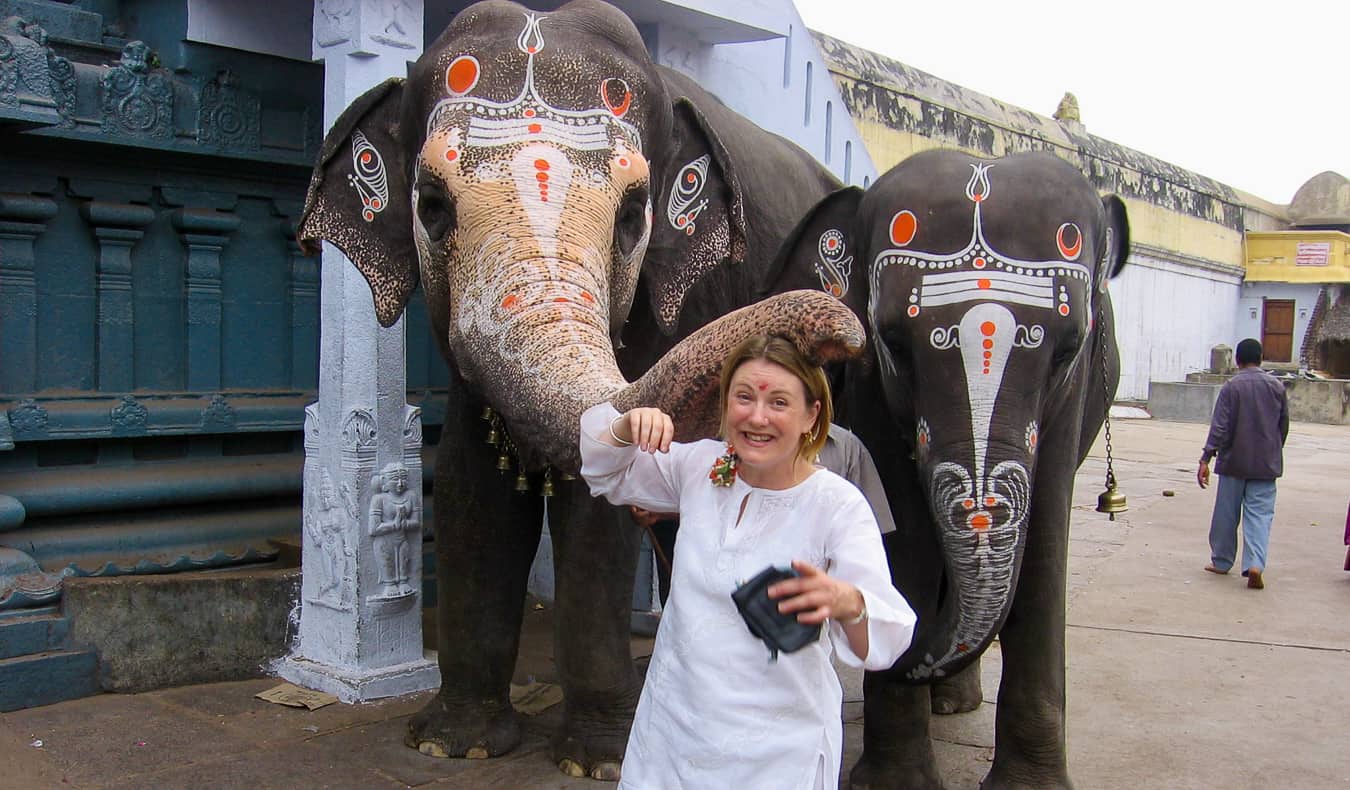
For example, unless you’re on the beach in Goa, it’s wise to wear modest clothing in India . Long, loose, and flowing are key for dressing for the climate and the culture.
It’s also best to be very respectful, especially with regard to the myriad religions. And be aware that genders relate differently in India, and overfriendliness can be misconstrued. Be polite, but with strangers, and especially those working in the hospitality sector, it’s usually best to dial back effusive friendliness.
10. Follow the seasons
Weather and the season matter in India. It’s incredibly hot almost everywhere in May and June, the monsoon season is July to August, and it’s surprisingly cold in north India in winter, December to February. Do some research and find out the best places to visit in India by season .
So, when it’s cold in north India, head down to tropical Kerala or Goa and hit the beach. In the heat of summer, check out Ladakh, a high desert plateau that sometimes seems otherworldly. Note: Fall is festival season, so you can experience Durga Puja in Kolkata, Diwali in Jaipur, or the Camel Fair in Pushkar.
11. Visit attractions in the morning
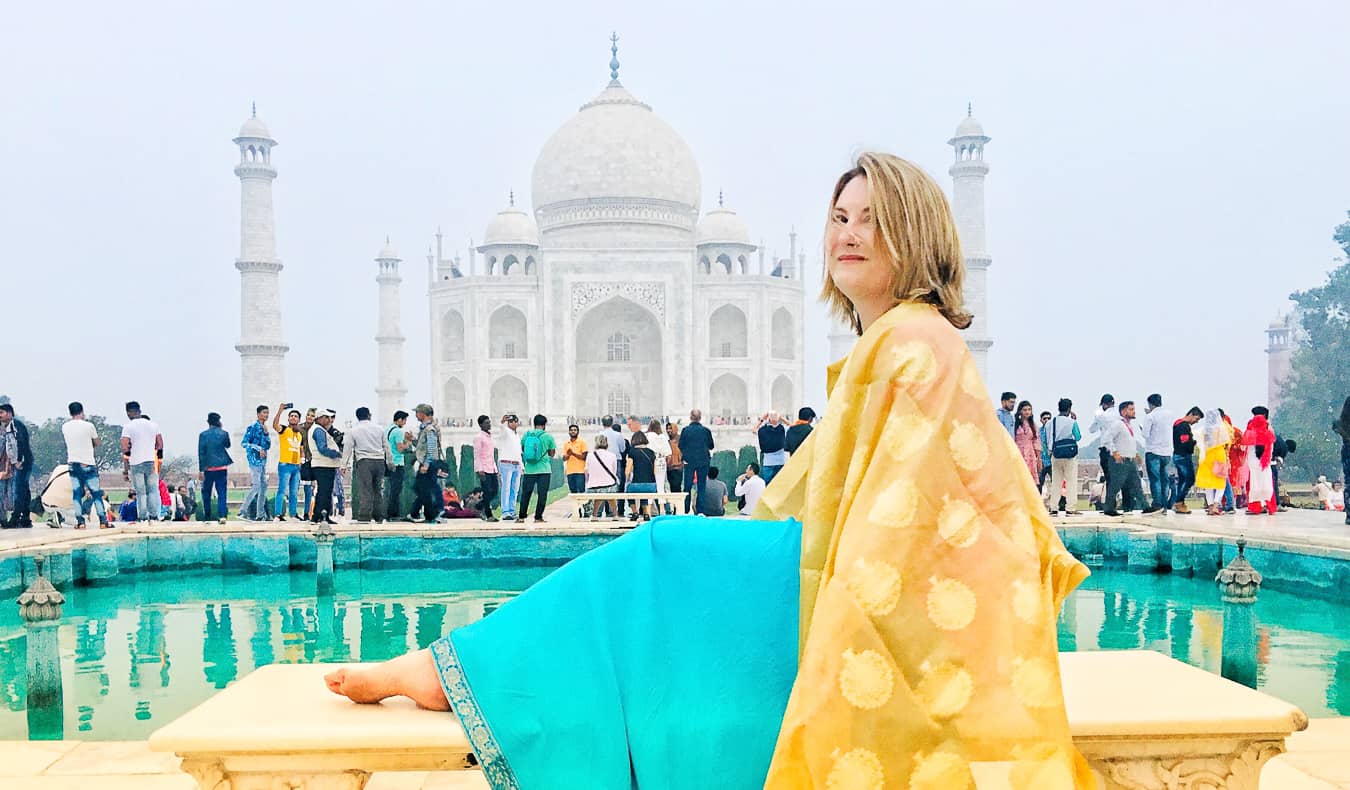
(However, this rule does not apply to shopping. Stores, and even restaurants, tend not to open until 10 or even 11 am. Urban Indians tend to do everything late. Breakfast and lunch are late, and dinner can be very late indeed.)
12. Head into the countryside
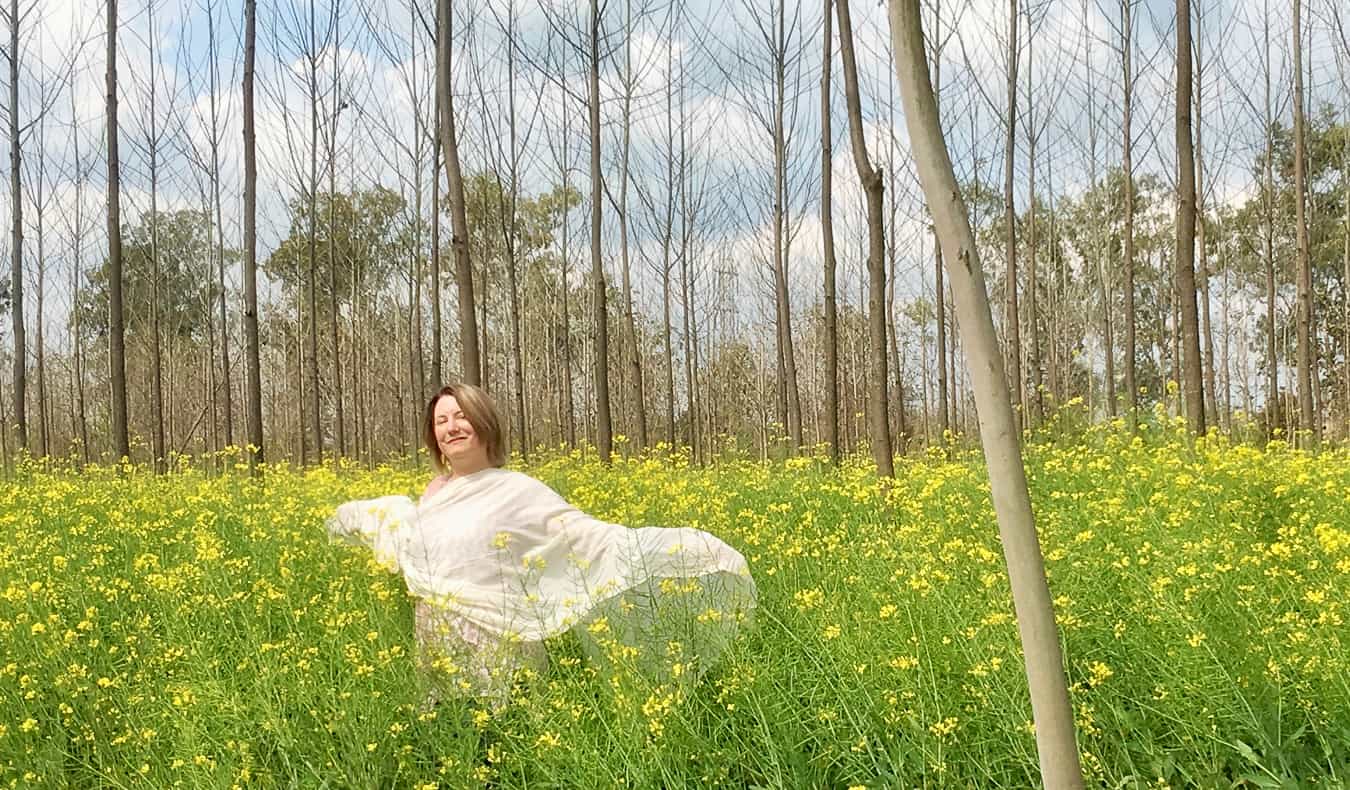
You can go trekking in the mountains, take a tiger safari , visit one of the many national parks, camp out overnight on a sand dune in Rajasthan, or take a boat cruise on the Brahmaputra River.
And don’t forget the rural areas. Most Indians still live in villages. It’s really worthwhile to meander through the quaint villages of Rajasthan, Madhya Pradesh, Himachal Pradesh, or Uttarakhand.
India is not an easy place to travel. It’s not a relaxing vacation destination. It is, though, an experience — often a life-changing experience. Start by doing research, read books about India , watch movies about the country, learn about the cultures and various destinations, and get ready for a transformative travel experience.
Like many before you — from The Beatles to Steve Jobs to Elizabeth Gilbert — you may just fall in love with the place. As writer Rumer Godden said, “Once you have felt the dust of India, you will never be free of it.”
Mariellen Ward fell in love with India, with travel, and with travel blogging on her first trip to the country in 2005. She has spent more than seven years of the last 18 in India, and now lives there. Though Canadian by birth, Mariellen considers India to be her “soul culture.” With her travel blog, Breathedreamgo , she tries to encourage and help other female travelers to go after their dreams. And her custom tour company, India for Beginners , is dedicated to helping women travel safely and well in India.
Book Your Trip: Logistical Tips and Tricks
Book Your Flight Find a cheap flight by using Skyscanner . It’s my favorite search engine because it searches websites and airlines around the globe so you always know no stone is being left unturned.
Book Your Accommodation You can book your hostel with Hostelworld . If you want to stay somewhere other than a hostel, use Booking.com as it consistently returns the cheapest rates for guesthouses and hotels.
Don’t Forget Travel Insurance Travel insurance will protect you against illness, injury, theft, and cancellations. It’s comprehensive protection in case anything goes wrong. I never go on a trip without it as I’ve had to use it many times in the past. My favorite companies that offer the best service and value are:
- SafetyWing (best for everyone)
- Insure My Trip (for those 70 and over)
- Medjet (for additional evacuation coverage)
Want to Travel for Free? Travel credit cards allow you to earn points that can be redeemed for free flights and accommodation — all without any extra spending. Check out my guide to picking the right card and my current favorites to get started and see the latest best deals.
Need Help Finding Activities for Your Trip? Get Your Guide is a huge online marketplace where you can find cool walking tours, fun excursions, skip-the-line tickets, private guides, and more.
Ready to Book Your Trip? Check out my resource page for the best companies to use when you travel. I list all the ones I use when I travel. They are the best in class and you can’t go wrong using them on your trip.
Got a comment on this article? Join the conversation on Facebook , Instagram , or Twitter and share your thoughts!
Disclosure: Please note that some of the links above may be affiliate links, and at no additional cost to you, I earn a commission if you make a purchase. I recommend only products and companies I use and the income goes to keeping the site community supported and ad free.
Related Posts
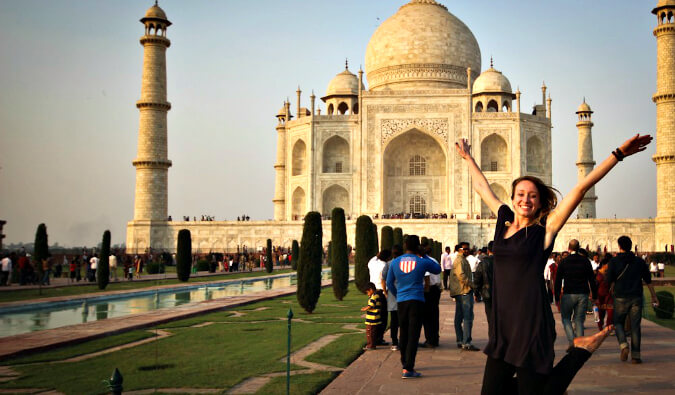
Get my best stuff sent straight to you!
Pin it on pinterest.

Search Domestic and International flights
BLR, Kempegowda International Airport India
Search Domestic and International holidays.
Search domestic and international hotels and homestays, search bus ticket across india, online prepaid mobile recharge.

- Electricity

Online Bill Payment
- Mobile Postpaid
Processing Request
Offers & Exclusive

DELHI TO GOA NOVEMBER-2019

UTTARAKHAND TO DELHI NOVEMBER-2019
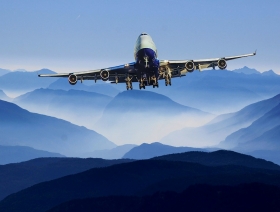
DELHI TO UTTARAKHAND NOVEMBER-2019

DELHI TO MUMBAI NOVEMBER-2019

DELHI TO MANALI NOVEMBER-2019
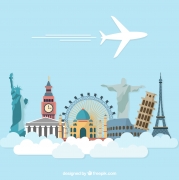
DELHI TO Bangalore NOVEMBER-2019
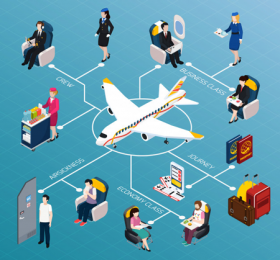
DELHI TO ENGLAND NOVEMBER-2019

DELHI TO U.S NOVEMBER-2019

BANGALORE NOVEMBER-2019

VARANASI NOVEMBER-2019
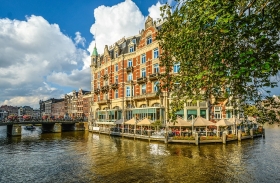
MUMBAI NOVEMBER-2019

UTTARAKHAND NOVEMBER-2019

NOIDA TO VARANASI NOVEMBER-2019

PUNJAB NOVEMBER-2019

GOA NOVEMBER-2019

MANALI NOVEMBER-2019
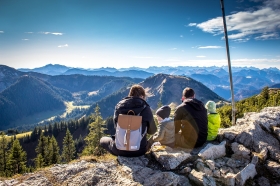
DELHI NANITAL
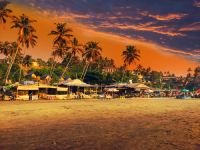
Patna To Goa .
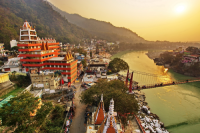
Holiday Offer DECEMBER-2019
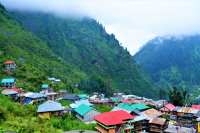
DELHI TO MANALI DECEMBER-2019
Why Book With Us
Superior booking experience.
Ease of booking, fantastic products and competitive pricing makes the booking experience amazing .
Dedicated Customer Support
From the moment a reservation is made until our traveler's return home, we provide 24x7 on-trip support.
Experience & Exceptional Knowledge
With an experience of 10 years, our travel experts makes sure your travel is a memorable one.
Travellink Blogs
We feel very happy to guide for trips with our updated blogs. We create different blogs as per traveler requirement and easy to find best destination as per mood. Our aim is to provide full guide to our happy traveler through blogs.
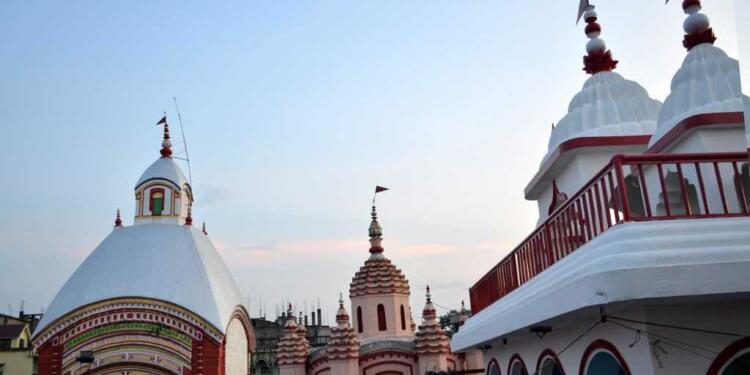
Tarapith is a town and Hindu pilgrimage site located in Rampurhat subdivision of Birbhum district of the Indian state of West Bengal. The town is particularly known for its Tantric temple and its adjoining Hindu crematory ground. arapith is a town and Hin
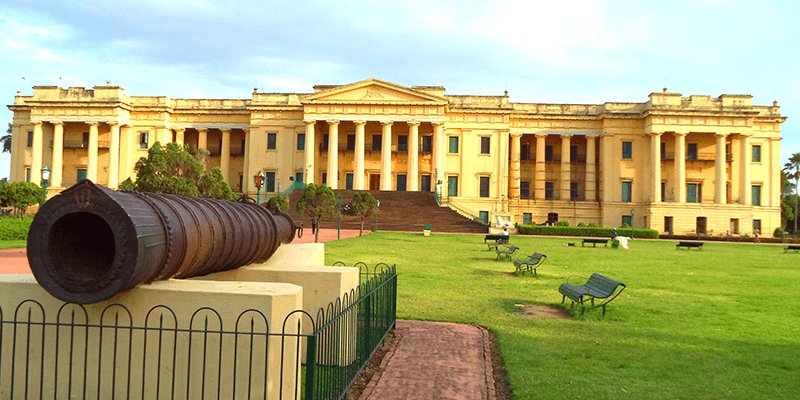
Murshidabad is a historical city in the Indian state of West BengalIt is located on the eastern bank of the Bhagirathi River, a distributary of the Ganges.It forms part of the Murshidabad district.During the 18th century, Murshidabad was a prosperous city
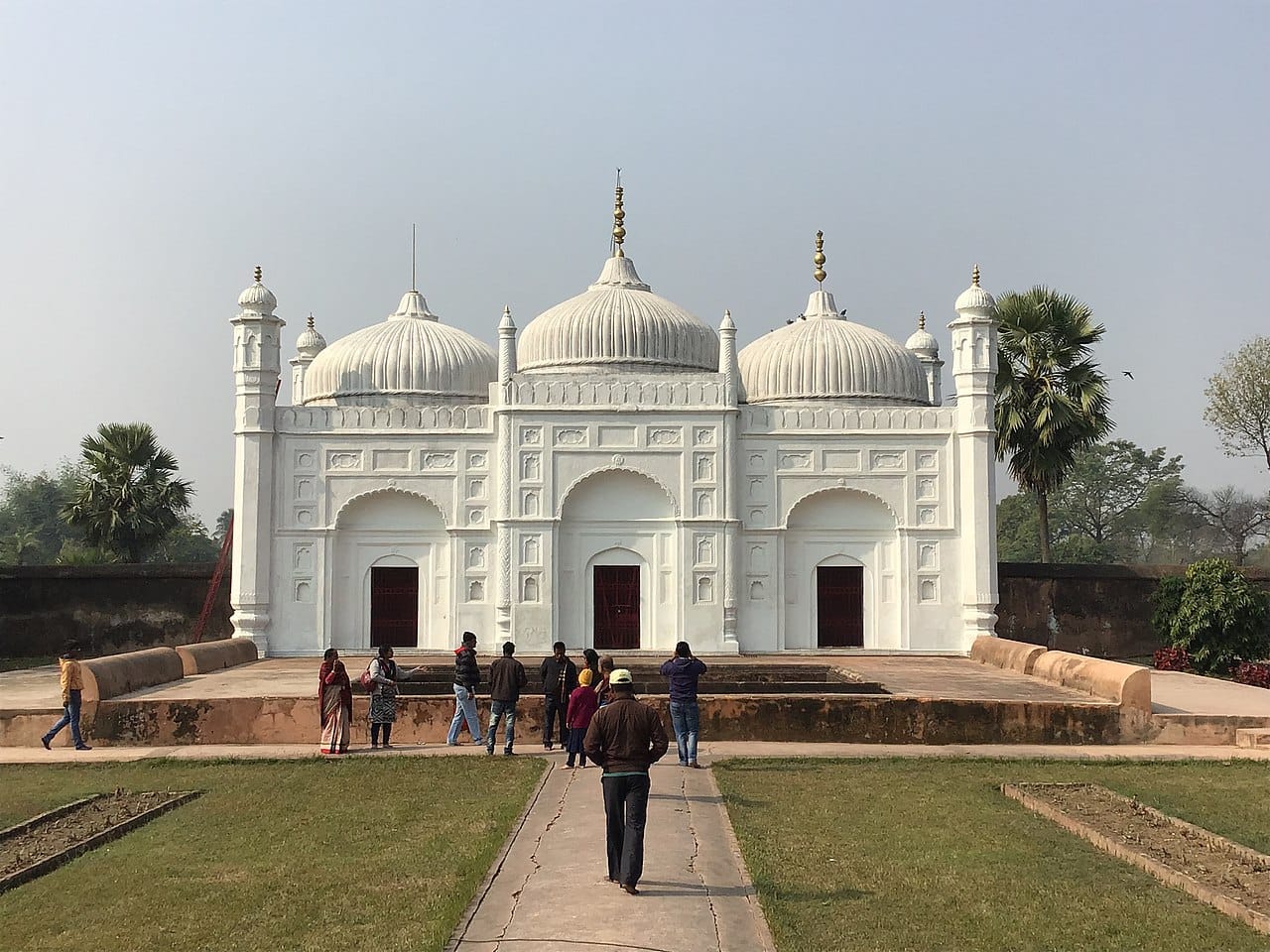
As of 2011 census, Berhampore is the seventh largest city in West Bengal. It is located about 200 km (124 mi) from Kolkata, the state capital. It is one of the most important business, administrative, educational and political hub ofBengal as well asIndia
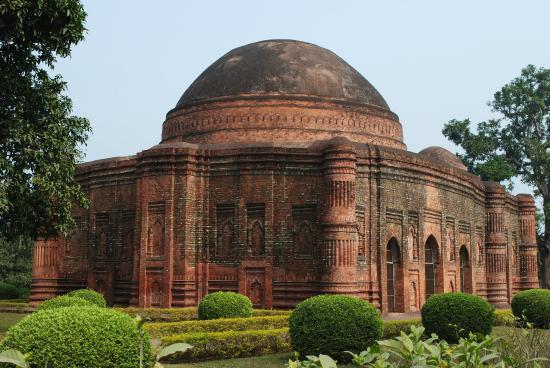
Pandua, also historically known as Hazrat Pandua and later Firuzabad, is a ruined city in the Malda district of the Indian state of West Bengal.It served as the capital city of the independent Sultanate of Bengal fornearly a century,until the capital done
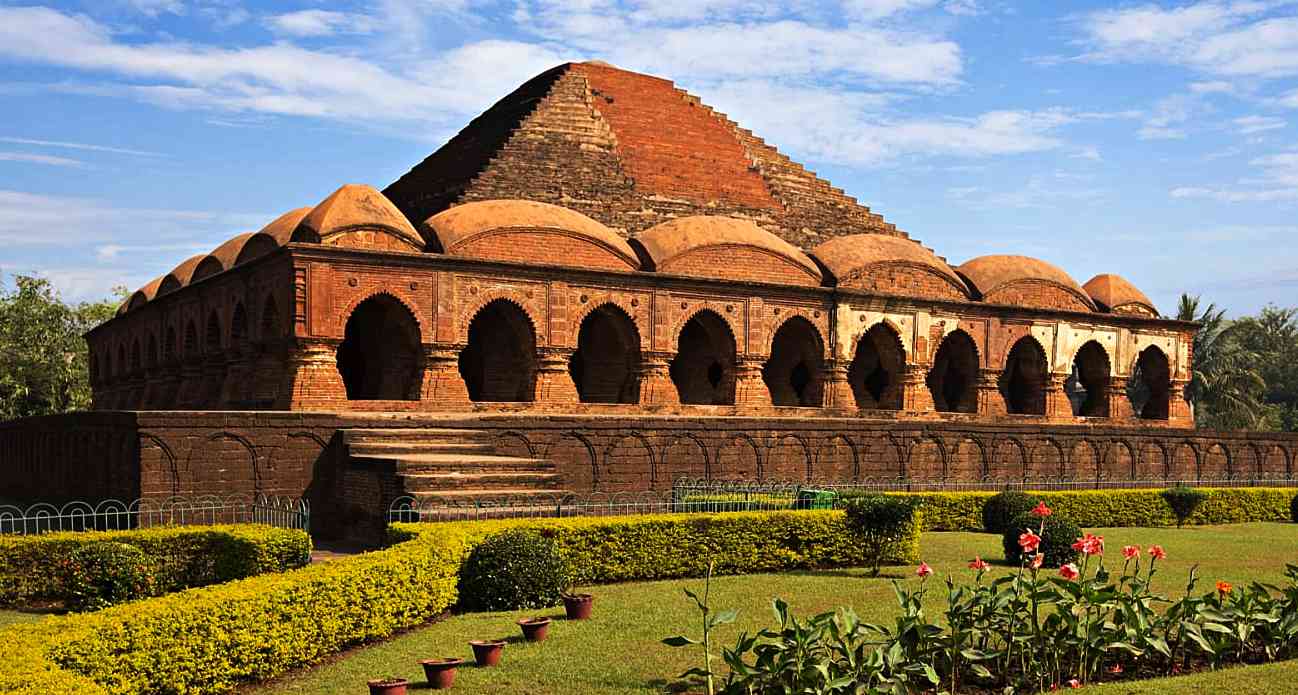
Bishnupur is a town in the eastern Indian state of West Bengal. It’s known for its Hindu temples made from local terracotta, such as the pyramid-shaped Rasmancha, established around 1600. Ornate carvings adorn the walls of Jor Bangla Temple.
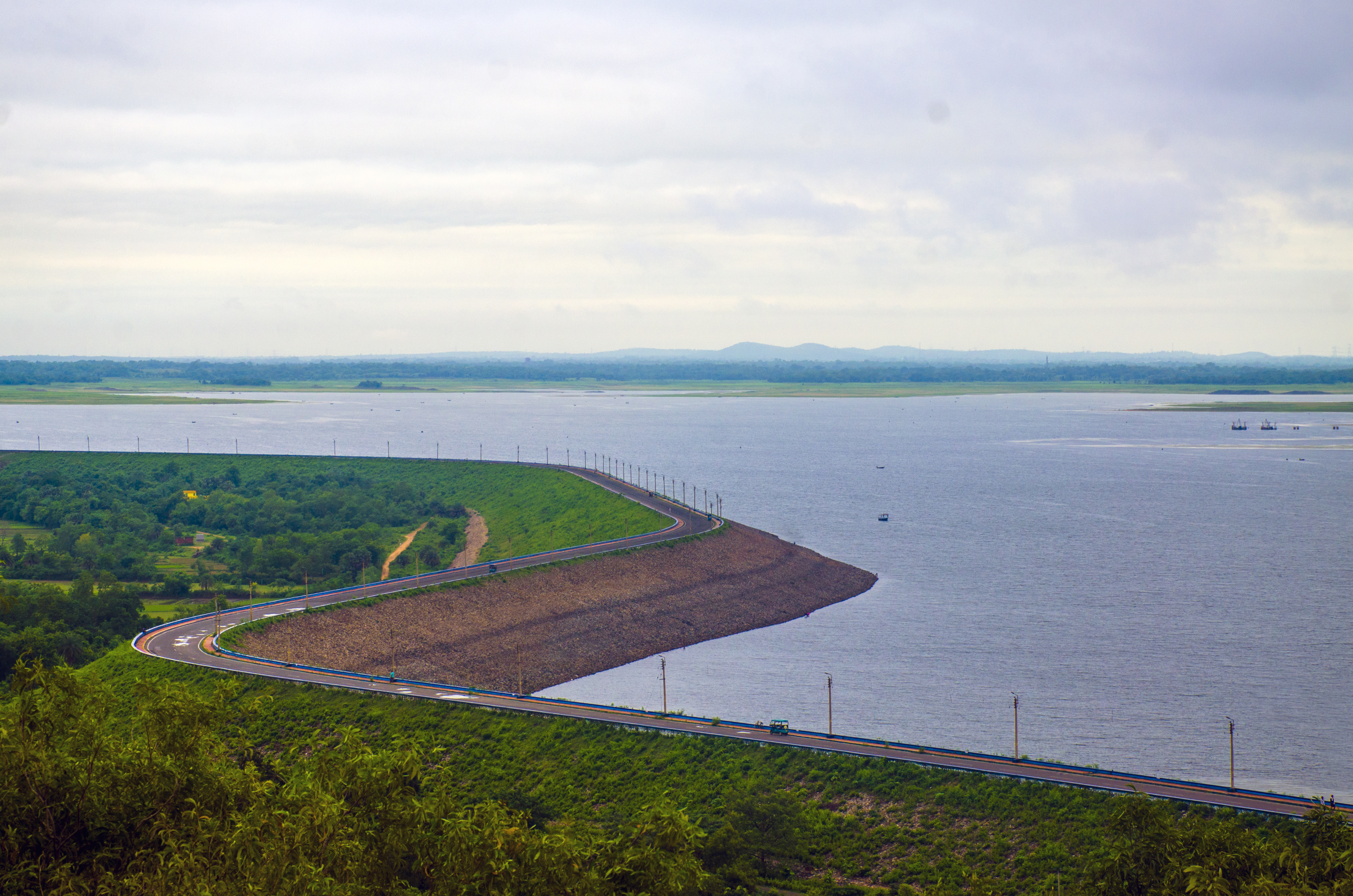
Mukutmanipur is a village in Bankura district of West Bengal, India.It is located at the confluence of the Kangsabati and Kumari rivers close to the jharkhand border.It is an ideal getaway where the second largest earthen dam in India is surrounded byrock
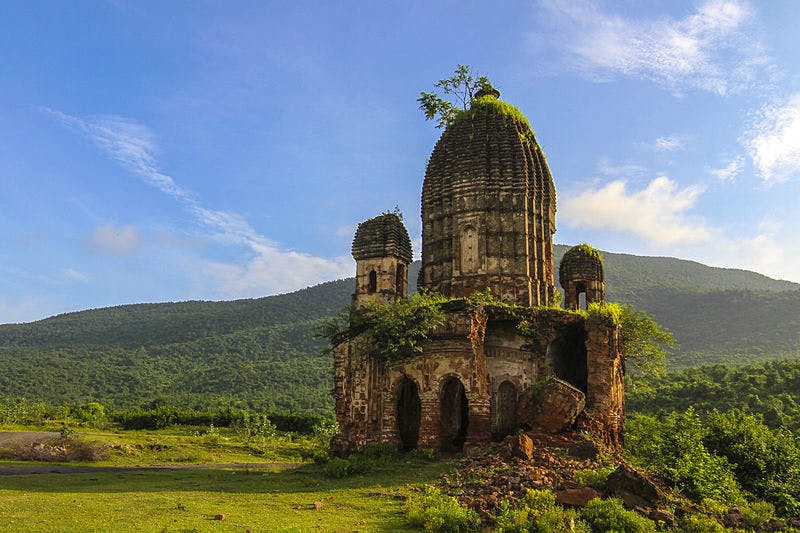
GarhPanchkot is a ruined fort located in the eastern part of India at the foothills of Panchet Hill in the district of Purulia,WestBengal .The ruins of the Panchkot Palace are a silenttestimony tothe Bargi attackduring the18thcentury. Agood dayinthisplace
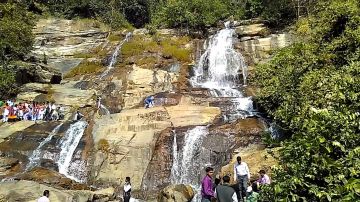
Bamni falls in Purulia Ayodhya Pahar is one of those places which is famous among the tourists for itsunending beauty.The panoramic view of the waterfall is mesmerizing and if uare driving towards Baghmundi from Ayodha u will see the bamni falls in midway
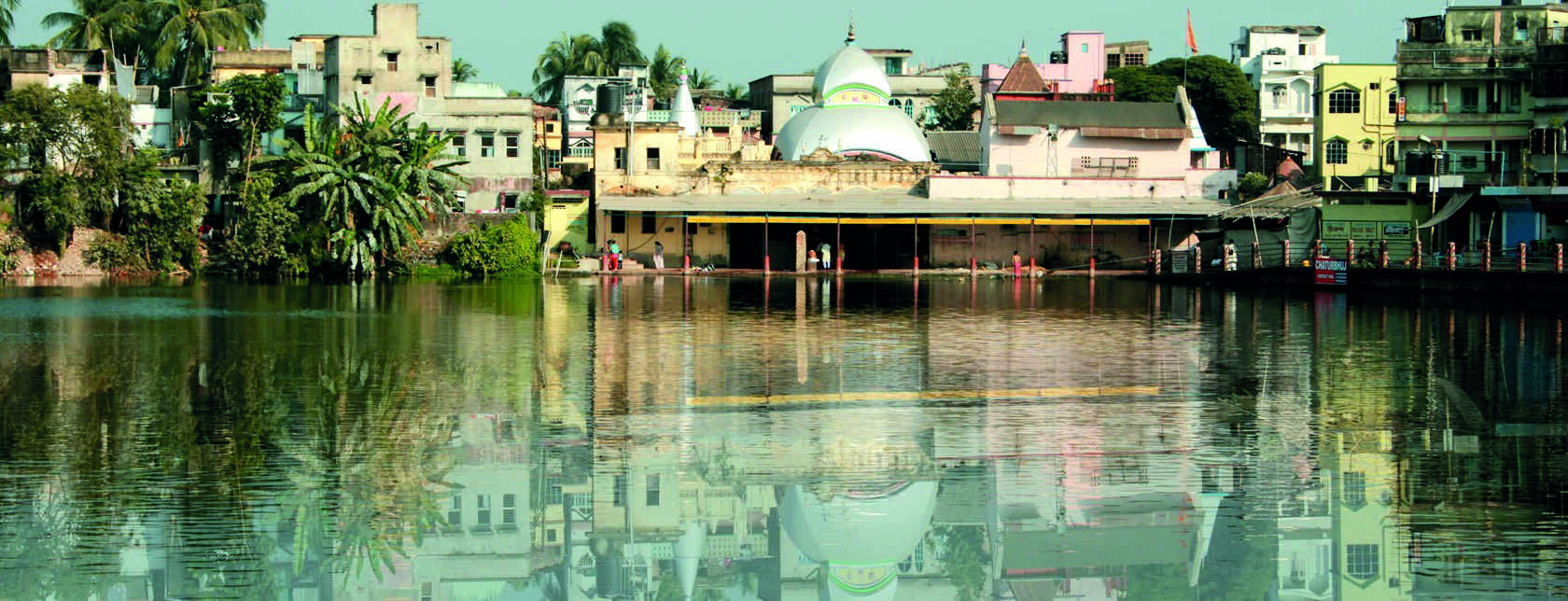
Over the years, Tarakeswar holds a traditional place of pilgrimage and the greatest centre of the Shiva sect in West Bengal. 58 km away from Kolkata, it is well-connected to Kolkata both by road and rail. Taraknath Temple of Tarakeshwar is prominent one .
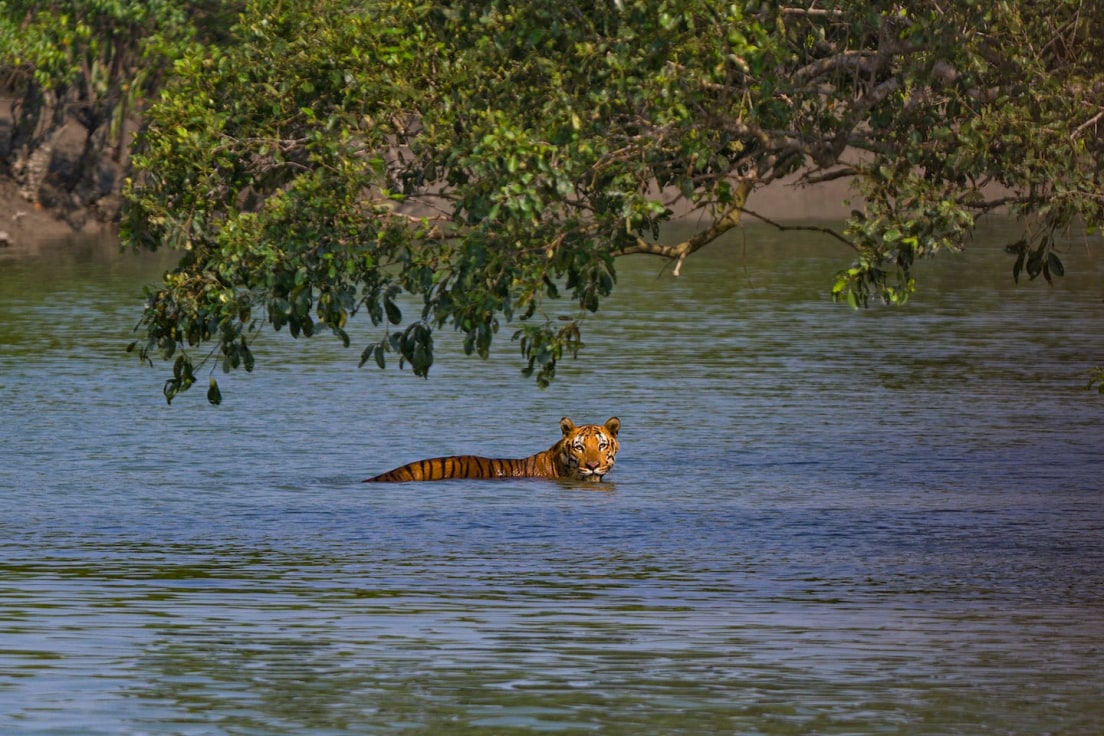
The Sundarbans is a cluster of low lying islands in the Bay of Bengal , spread across india and Bangladesh , famous for its unique mangrove forests . This active delta region is among the largest in the world , measuring about 40,000 sq km .
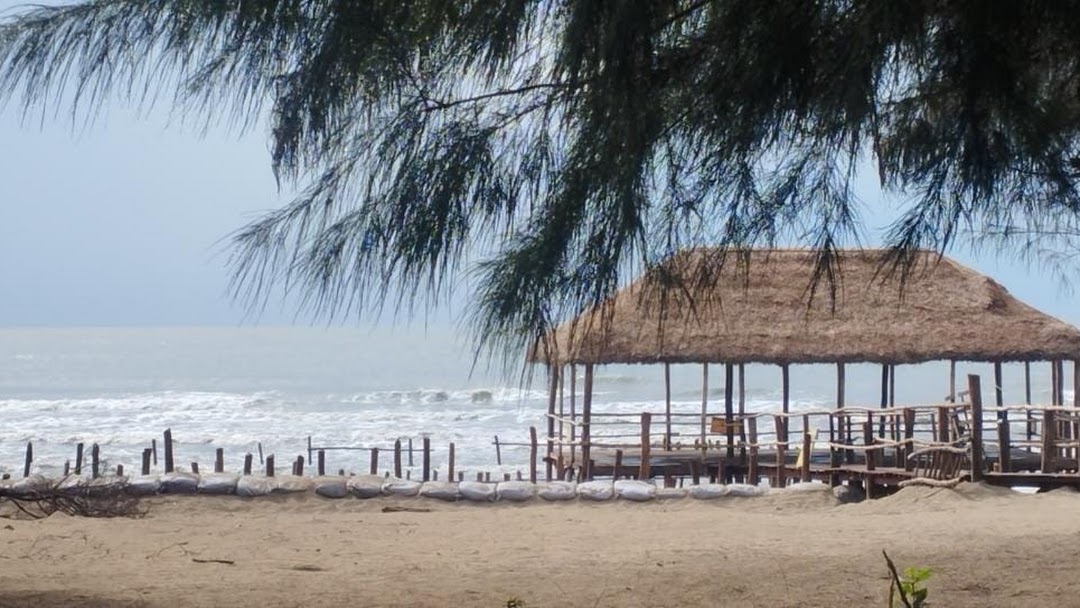
Tajpur has also around 1400 acres of land dedicated to Pisciculture. There are a number of bheris or fish pond in the area . As a tourist attraction , it is relatively new as there are fewer hotels compared to Digha and Mandarmani .The beach is clean .
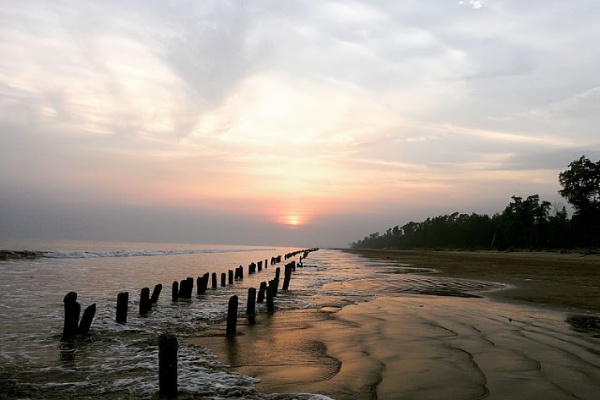
Shankarpur , only 14km east of Digha - Contai Road, an almost virgin beach as yet , is a recent discovery . It is considered to be the twin of Digha, around 10 km from it. It offers nearly all the pleasures of a private beach. It is also a fishing harbour

Diamond Harbour is a small town with a population of 33,000 in South24 Parganas District of west Bengal in India,It is situated on the banks of the river Hoogly,51km south of Calcutta.It is located at the pointwhere the Ganges River turns to Bay of Bengal
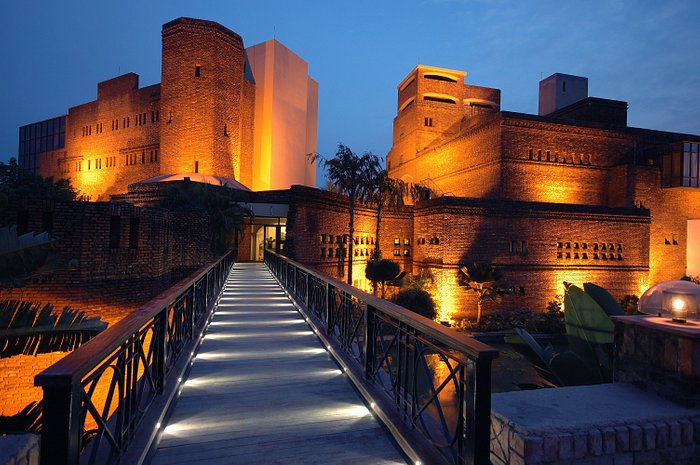
Raichak has some of the most beautiful and serene views of the mighty river Ganges. The glistening river at the time of sunrise and sunset, rows of the country boat sailing down the river, is a sight which is so calming and tranquil.
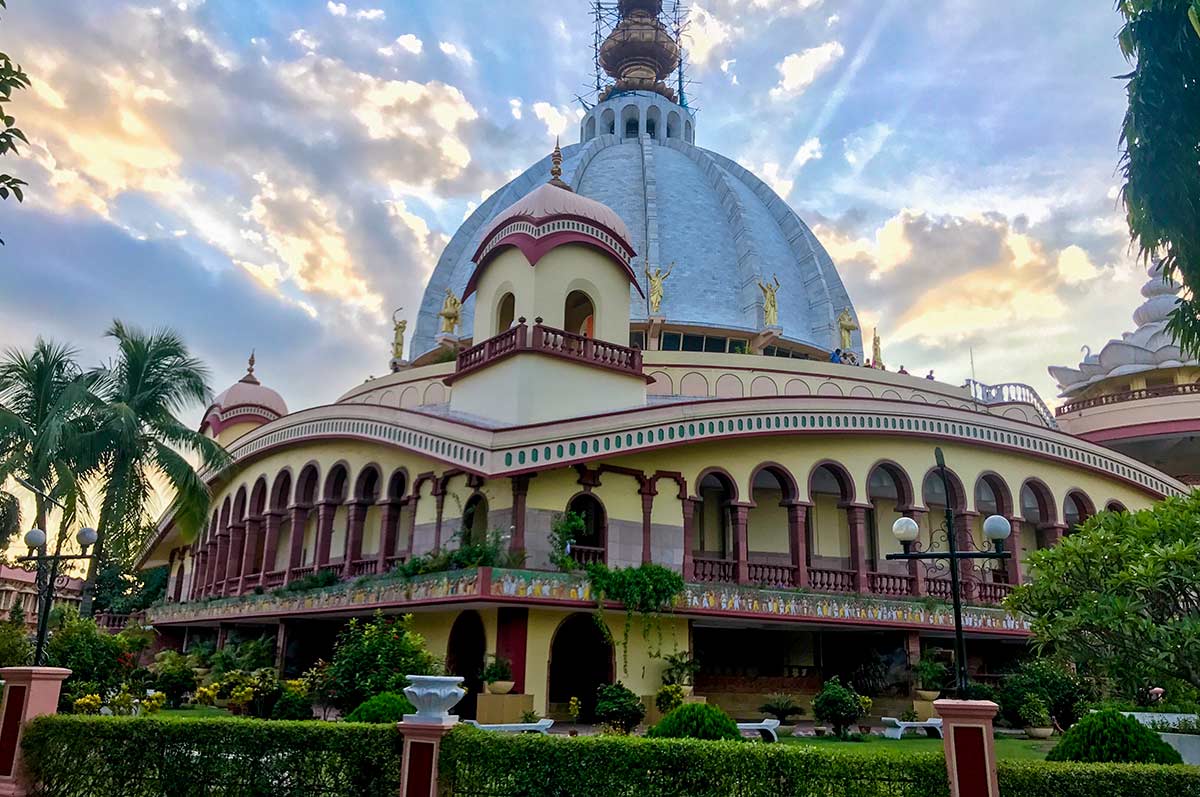
Mayapur is one of the nine dhams of the holy island, which look like petals of a lotus flower. The main attraction in the city is the Chandrodaya Temple which was established by ISKCON in the area . ISKCON Mayapur is the world headquarter of ISKCON.
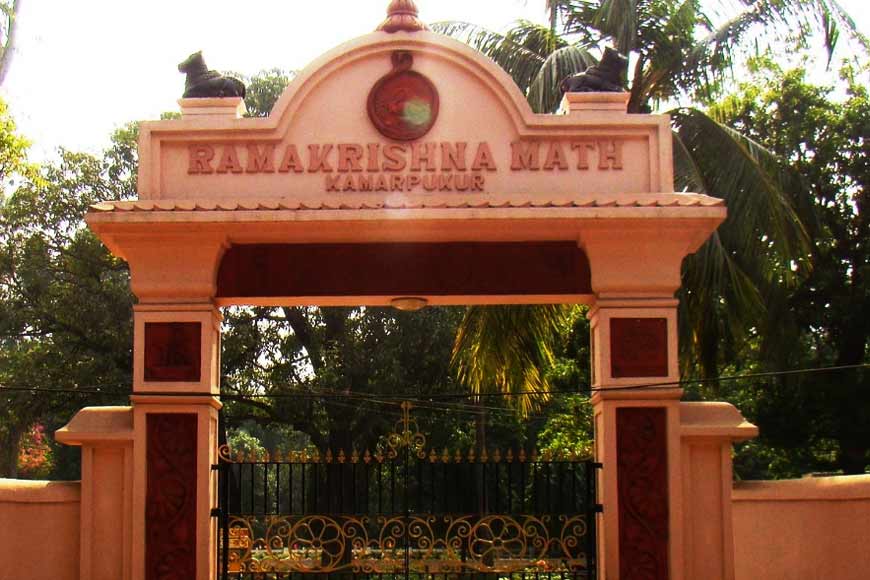
This ia a part of Bengal, where thousands of pilgrim from across the across the world converge to pay their respect to none other than Sri Ramakrishna Paramahamsa .Kamarpukur and adjoining Jairambati has thus turned into a divine tourism circuit of Bengal
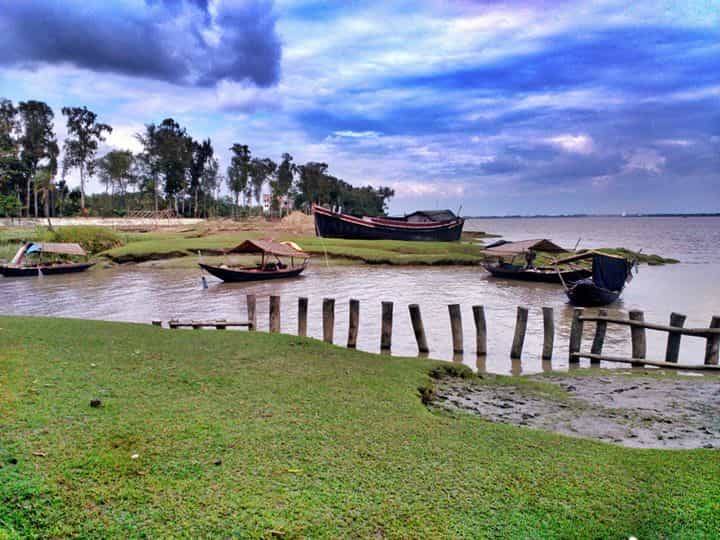
Gadiara is notable only for its water boies ; its at the confluence of the Damodar, the Rupnarayan and the Hoogly. One can take the ferry to Geonkhali and Nupur.They transverse the rivers in either direction from six in the morning till six in the evening
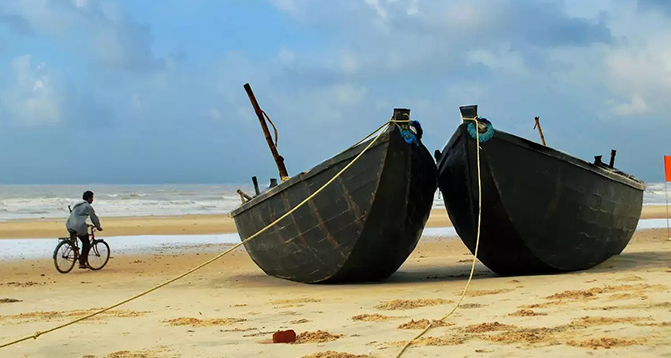
Nested on the coast of Bay of Bengal , Digha is 4.5 hrs from kolkata. West Bengal is famous place for tourists, only with Digha beach which increases the beauty of Bengal. Pomfret , fish curry , rohu bhetki, tiger prawn and parshe are some popular dishes
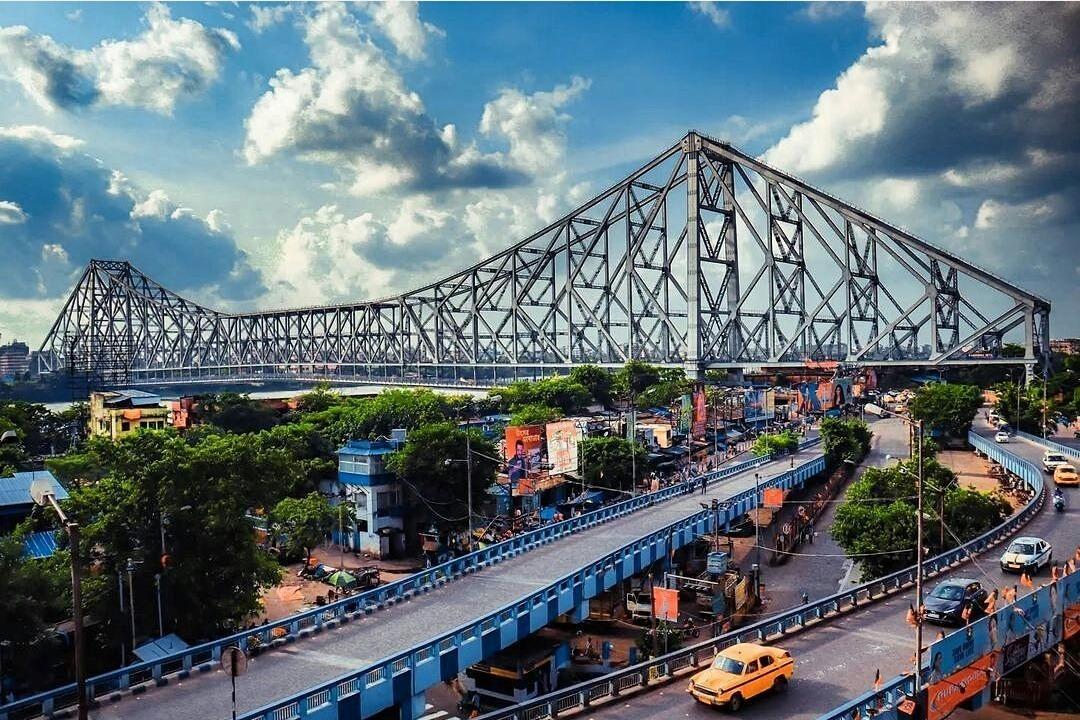
Kolkata,or cal as it is still called, is a laidback city. Choosing an area and walking is a good option.Many tourists area are covered by the Metro. Taxis are a popular mode and rickshaws still ply here. And there is of course , the slow nostalgia trip .

Manali a global village atmosphere arising from its popularity with backpackers , this famous hippie haven has river side cafes that waylay your destination .
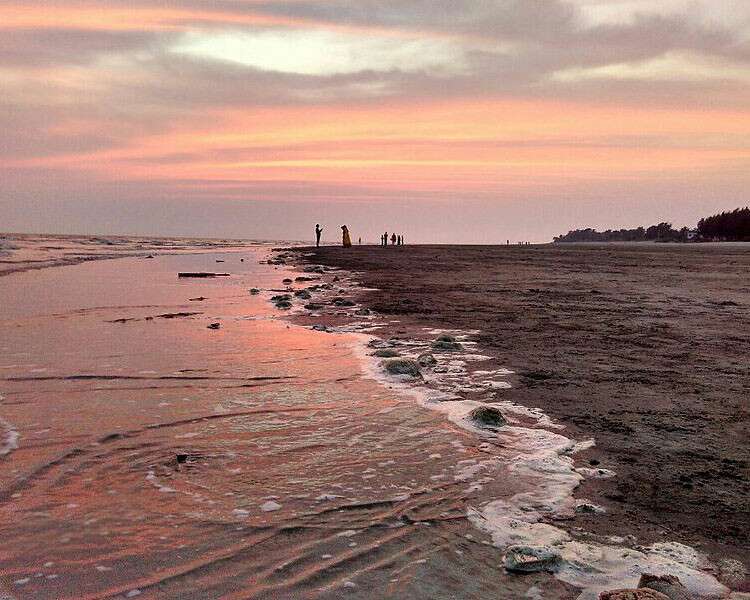
At Bakkhali, a pristine white beaqch sits against the fringes of a forest delta, offering a unique tropical combination.The beach rest on the south - western tip of the mystical Sunderbans, famous as the habbit of the Royal Bengal Tiger .
We've served 1 million+ guests and we are here for you.

Get Best Deals
Call us now : +91 3335942321, mail us now : [email protected].
Tell us details of your holiday plan.
Get multiple quotes from expert agents, compare & customize further.
Select & book best deal.
Offer Deals Available On Phone & Email id.
Get Perfect Advice From Our Tour Expert.
100% customized tour quotes for you.
Some Error occurred
Error Occur
Null Error Msg
City Tour Information
Add gst details, travelling for work.

Authorized Portal for Visa Application to India Indianvisaonline.gov.in
All foreign nationals entering India are required to possess a valid international travel document in the form of a national passport with a valid visa from an Indian Mission/Post or eVisa (Limited Categories) from Bureau of Immigration, Ministry of Home Affairs.

Visa on Arrival for the nationals of Japan, South Korea and UAE (only for such UAE nationals who had earlier obtained e-Visa or regular/paper visa for India) Available at selected Airports

Advisory: Government of India has not authorized any agent or intermediary to charge any fee for facilitation of emergency / express Visa/eVisa. For travel to India a regular/eVisa along with passport is mandatory. Only categories exempted under bilateral arrangments may not need a visa. For persons of Indian origin (all categories), OCI card is mandatory.

e-Visa - Only Ordinary Passport holders may apply for eVisa application online. Select Visa Service as G20 eConference Visa and purpose as "To Attend G20 Conference/Meeting" .
Regular Visa - Diplomatic/Official/Ordinary Passport holders may fill online application and submit at concerned Indian Embassy/Mission in their country. Select Visa Service as Conference Visa and purpose as "To Attend G20 Conference/Meeting" .
You are using an outdated browser. Upgrade your browser today or install Google Chrome Frame to better experience this site.
India Traveler View
Travel health notices, vaccines and medicines, non-vaccine-preventable diseases, stay healthy and safe.
- Packing List
After Your Trip
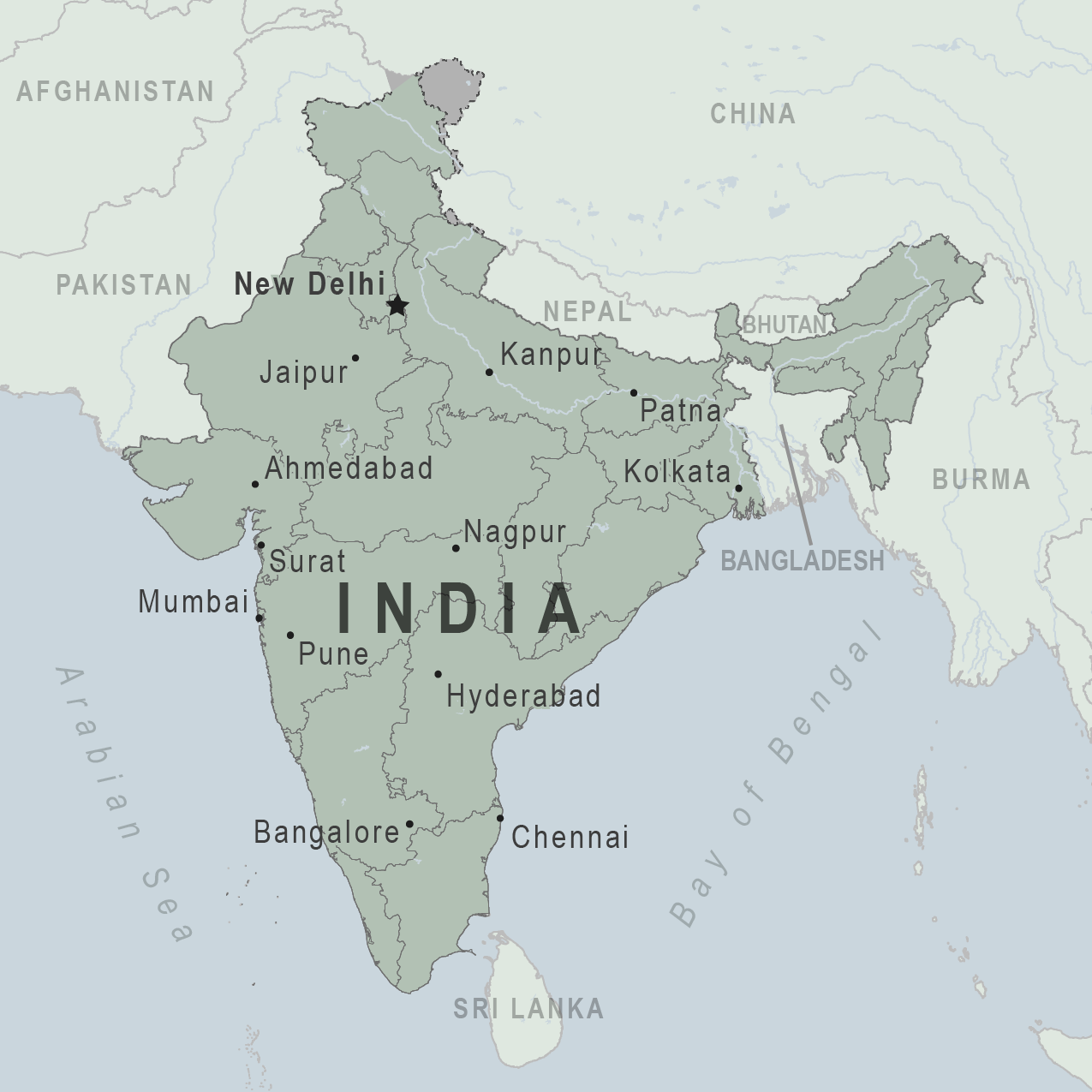
Be aware of current health issues in India. Learn how to protect yourself.
Level 1 Practice Usual Precautions
- Updated Global Measles April 26, 2024 Many international destinations are reporting increased numbers of cases of measles. Destination List: Afghanistan, Angola, Armenia, Azerbaijan, Benin, Burkina Faso, Burundi, Cameroon, Central African Republic, Chad, Côte d'Ivoire (Ivory Coast), Democratic Republic of the Congo, Djibouti, Equatorial Guinea, Ethiopia, Gabon, Ghana, India, Indonesia, Kazakhstan, Kyrgyzstan, Lebanon, Liberia, Libya, Malaysia, Mauritania, Nepal, Niger, Nigeria, Pakistan, Philippines, Qatar, Republic of South Sudan, Republic of the Congo, Romania, Russia, Senegal, Somalia, Sri Lanka, Sudan, Syria, Tajikistan, Timor-Leste (East Timor), Togo, Turkey, United Arab Emirates, Uzbekistan, Yemen, Zambia
⇧ Top
Check the vaccines and medicines list and visit your doctor at least a month before your trip to get vaccines or medicines you may need. If you or your doctor need help finding a location that provides certain vaccines or medicines, visit the Find a Clinic page.

Routine vaccines
Recommendations.
Make sure you are up-to-date on all routine vaccines before every trip. Some of these vaccines include
- Chickenpox (Varicella)
- Diphtheria-Tetanus-Pertussis
- Flu (influenza)
- Measles-Mumps-Rubella (MMR)
Immunization schedules
All eligible travelers should be up to date with their COVID-19 vaccines. Please see Your COVID-19 Vaccination for more information.
COVID-19 vaccine
Cholera is presumed to be present in India. Cholera is rare in travelers. Certain factors may increase the risk of getting cholera or having severe disease ( more information ). Avoiding unsafe food and water and washing your hands can also help prevent cholera. Avoiding unsafe food and water and washing your hands can also help prevent cholera.
Vaccination may be considered for children and adults who are traveling to areas of active cholera transmission.
Cholera - CDC Yellow Book
Hepatitis A
Recommended for unvaccinated travelers one year old or older going to India.
Infants 6 to 11 months old should also be vaccinated against Hepatitis A. The dose does not count toward the routine 2-dose series.
Travelers allergic to a vaccine component or who are younger than 6 months should receive a single dose of immune globulin, which provides effective protection for up to 2 months depending on dosage given.
Unvaccinated travelers who are over 40 years old, immunocompromised, or have chronic medical conditions planning to depart to a risk area in less than 2 weeks should get the initial dose of vaccine and at the same appointment receive immune globulin.
Hepatitis A - CDC Yellow Book
Dosing info - Hep A
Hepatitis B
Recommended for unvaccinated travelers younger than 60 years old traveling to India. Unvaccinated travelers 60 years and older may get vaccinated before traveling to India.
Hepatitis B - CDC Yellow Book
Dosing info - Hep B
Japanese Encephalitis
Recommended for travelers who
- Are moving to an area with Japanese encephalitis to live
- Spend long periods of time, such as a month or more, in areas with Japanese encephalitis
- Frequently travel to areas with Japanese encephalitis
Consider vaccination for travelers
- Spending less than a month in areas with Japanese encephalitis but will be doing activities that increase risk of infection, such as visiting rural areas, hiking or camping, or staying in places without air conditioning, screens, or bed nets
- Going to areas with Japanese encephalitis who are uncertain of their activities or how long they will be there
Not recommended for travelers planning short-term travel to urban areas or travel to areas with no clear Japanese encephalitis season.
Japanese encephalitis - CDC Yellow Book
Japanese Encephalitis Vaccine for US Children
CDC recommends that travelers going to certain areas of India take prescription medicine to prevent malaria. Depending on the medicine you take, you will need to start taking this medicine multiple days before your trip, as well as during and after your trip. Talk to your doctor about which malaria medication you should take.
Find country-specific information about malaria.
Malaria - CDC Yellow Book
Considerations when choosing a drug for malaria prophylaxis (CDC Yellow Book)
Malaria information for India.
Cases of measles are on the rise worldwide. Travelers are at risk of measles if they have not been fully vaccinated at least two weeks prior to departure, or have not had measles in the past, and travel internationally to areas where measles is spreading.
All international travelers should be fully vaccinated against measles with the measles-mumps-rubella (MMR) vaccine, including an early dose for infants 6–11 months, according to CDC’s measles vaccination recommendations for international travel .
Measles (Rubeola) - CDC Yellow Book
Rabid dogs are commonly found in India. However, if you are bitten or scratched by a dog or other mammal while in India, rabies treatment is often available.
Consider rabies vaccination before your trip if your activities mean you will be around dogs or wildlife.
Travelers more likely to encounter rabid animals include
- Campers, adventure travelers, or cave explorers (spelunkers)
- Veterinarians, animal handlers, field biologists, or laboratory workers handling animal specimens
- Visitors to rural areas
Since children are more likely to be bitten or scratched by a dog or other animals, consider rabies vaccination for children traveling to India.
Rabies - CDC Yellow Book
Recommended for most travelers, especially those staying with friends or relatives or visiting smaller cities or rural areas.
Typhoid - CDC Yellow Book
Dosing info - Typhoid
Yellow Fever
- Arrive within 6 days of leaving an area with risk for YF virus transmission, or
- Have been in such an area in transit (exception: passengers and members of flight crews who, while in transit through an airport in an area with risk for YF virus transmission, remained in the airport during their entire stay and the health officer agrees to such an exemption), or
- Arrive on a ship that started from or touched at any port in an area with risk for YF virus transmission ≤30 days before its arrival in India, unless such a ship has been disinsected in accordance with the procedure recommended by the World Health Organization (WHO), or
- Arrive on an aircraft that has been in an area with risk for YF virus transmission and has not been disinsected in accordance with the Indian Aircraft Public Health Rules, 1954, or as recommended by WHO.
- Africa: Angola, Benin, Burkina Faso, Burundi, Cameroon, Central African Republic, Chad, Congo, Côte d’Ivoire, Democratic Republic of the Congo, Equatorial Guinea, Ethiopia, Gabon, The Gambia, Ghana, Guinea, Guinea-Bissau, Kenya, Liberia, Mali, Mauritania, Niger, Nigeria, Rwanda, Senegal, Sierra Leone, South Sudan, Sudan, Togo, Uganda
- Americas: Argentina, Bolivia, Brazil, Colombia, Ecuador, French Guiana, Guyana, Panama, Paraguay, Peru, Suriname, Trinidad & Tobago (Trinidad only), Venezuela
Yellow Fever - CDC Yellow Book
Avoid contaminated water
Leptospirosis
How most people get sick (most common modes of transmission)
- Touching urine or other body fluids from an animal infected with leptospirosis
- Swimming or wading in urine-contaminated fresh water, or contact with urine-contaminated mud
- Drinking water or eating food contaminated with animal urine
- Avoid contaminated water and soil
Clinical Guidance
Avoid bug bites.
Chikungunya
- Mosquito bite
- Avoid Bug Bites
Crimean-Congo Hemorrhagic fever
- Tick bite
- Touching the body fluids of a person or animal infected with CCHF
- Mosquito bite
Leishmaniasis
- Sand fly bite
- An infected pregnant woman can spread it to her unborn baby
Airborne & droplet
Avian/bird flu.
- Being around, touching, or working with infected poultry, such as visiting poultry farms or live-animal markets
- Avoid domestic and wild poultry
- Breathing in air or accidentally eating food contaminated with the urine, droppings, or saliva of infected rodents
- Bite from an infected rodent
- Less commonly, being around someone sick with hantavirus (only occurs with Andes virus)
- Avoid rodents and areas where they live
- Avoid sick people
Tuberculosis (TB)
- Breathe in TB bacteria that is in the air from an infected and contagious person coughing, speaking, or singing.
Learn actions you can take to stay healthy and safe on your trip. Vaccines cannot protect you from many diseases in India, so your behaviors are important.
Eat and drink safely
Food and water standards around the world vary based on the destination. Standards may also differ within a country and risk may change depending on activity type (e.g., hiking versus business trip). You can learn more about safe food and drink choices when traveling by accessing the resources below.
- Choose Safe Food and Drinks When Traveling
- Water Treatment Options When Hiking, Camping or Traveling
- Global Water, Sanitation and Hygiene | Healthy Water
- Avoid Contaminated Water During Travel
You can also visit the Department of State Country Information Pages for additional information about food and water safety.
Prevent bug bites
Bugs (like mosquitoes, ticks, and fleas) can spread a number of diseases in India. Many of these diseases cannot be prevented with a vaccine or medicine. You can reduce your risk by taking steps to prevent bug bites.
What can I do to prevent bug bites?
- Cover exposed skin by wearing long-sleeved shirts, long pants, and hats.
- Use an appropriate insect repellent (see below).
- Use permethrin-treated clothing and gear (such as boots, pants, socks, and tents). Do not use permethrin directly on skin.
- Stay and sleep in air-conditioned or screened rooms.
- Use a bed net if the area where you are sleeping is exposed to the outdoors.
What type of insect repellent should I use?
- FOR PROTECTION AGAINST TICKS AND MOSQUITOES: Use a repellent that contains 20% or more DEET for protection that lasts up to several hours.
- Picaridin (also known as KBR 3023, Bayrepel, and icaridin)
- Oil of lemon eucalyptus (OLE) or para-menthane-diol (PMD)
- 2-undecanone
- Always use insect repellent as directed.
What should I do if I am bitten by bugs?
- Avoid scratching bug bites, and apply hydrocortisone cream or calamine lotion to reduce the itching.
- Check your entire body for ticks after outdoor activity. Be sure to remove ticks properly.
What can I do to avoid bed bugs?
Although bed bugs do not carry disease, they are an annoyance. See our information page about avoiding bug bites for some easy tips to avoid them. For more information on bed bugs, see Bed Bugs .
For more detailed information on avoiding bug bites, see Avoid Bug Bites .
Some diseases in India—such as dengue, Zika, filariasis, and leishmaniasis—are spread by bugs and cannot be prevented with a vaccine. Follow the insect avoidance measures described above to prevent these and other illnesses.
Stay safe outdoors
If your travel plans in India include outdoor activities, take these steps to stay safe and healthy during your trip.
- Stay alert to changing weather conditions and adjust your plans if conditions become unsafe.
- Prepare for activities by wearing the right clothes and packing protective items, such as bug spray, sunscreen, and a basic first aid kit.
- Consider learning basic first aid and CPR before travel. Bring a travel health kit with items appropriate for your activities.
- If you are outside for many hours in heat, eat salty snacks and drink water to stay hydrated and replace salt lost through sweating.
- Protect yourself from UV radiation : use sunscreen with an SPF of at least 15, wear protective clothing, and seek shade during the hottest time of day (10 a.m.–4 p.m.).
- Be especially careful during summer months and at high elevation. Because sunlight reflects off snow, sand, and water, sun exposure may be increased during activities like skiing, swimming, and sailing.
- Very cold temperatures can be dangerous. Dress in layers and cover heads, hands, and feet properly if you are visiting a cold location.
Stay safe around water
- Swim only in designated swimming areas. Obey lifeguards and warning flags on beaches.
- Practice safe boating—follow all boating safety laws, do not drink alcohol if driving a boat, and always wear a life jacket.
- Do not dive into shallow water.
- Do not swim in freshwater in developing areas or where sanitation is poor.
- Avoid swallowing water when swimming. Untreated water can carry germs that make you sick.
- To prevent infections, wear shoes on beaches where there may be animal waste.
Schistosomiasis and leptospirosis, infections that can be spread in fresh water, are found in India. Avoid swimming in fresh, unchlorinated water, such as lakes, ponds, or rivers.
Keep away from animals
Most animals avoid people, but they may attack if they feel threatened, are protecting their young or territory, or if they are injured or ill. Animal bites and scratches can lead to serious diseases such as rabies.
Follow these tips to protect yourself:
- Do not touch or feed any animals you do not know.
- Do not allow animals to lick open wounds, and do not get animal saliva in your eyes or mouth.
- Avoid rodents and their urine and feces.
- Traveling pets should be supervised closely and not allowed to come in contact with local animals.
- If you wake in a room with a bat, seek medical care immediately. Bat bites may be hard to see.
All animals can pose a threat, but be extra careful around dogs, bats, monkeys, sea animals such as jellyfish, and snakes. If you are bitten or scratched by an animal, immediately:
- Wash the wound with soap and clean water.
- Go to a doctor right away.
- Tell your doctor about your injury when you get back to the United States.
Consider buying medical evacuation insurance. Rabies is a deadly disease that must be treated quickly, and treatment may not be available in some countries.
Reduce your exposure to germs
Follow these tips to avoid getting sick or spreading illness to others while traveling:
- Wash your hands often, especially before eating.
- If soap and water aren’t available, clean hands with hand sanitizer (containing at least 60% alcohol).
- Don’t touch your eyes, nose, or mouth. If you need to touch your face, make sure your hands are clean.
- Cover your mouth and nose with a tissue or your sleeve (not your hands) when coughing or sneezing.
- Try to avoid contact with people who are sick.
- If you are sick, stay home or in your hotel room, unless you need medical care.
Avoid sharing body fluids
Diseases can be spread through body fluids, such as saliva, blood, vomit, and semen.
Protect yourself:
- Use latex condoms correctly.
- Do not inject drugs.
- Limit alcohol consumption. People take more risks when intoxicated.
- Do not share needles or any devices that can break the skin. That includes needles for tattoos, piercings, and acupuncture.
- If you receive medical or dental care, make sure the equipment is disinfected or sanitized.
Know how to get medical care while traveling
Plan for how you will get health care during your trip, should the need arise:
- Carry a list of local doctors and hospitals at your destination.
- Review your health insurance plan to determine what medical services it would cover during your trip. Consider purchasing travel health and medical evacuation insurance.
- Carry a card that identifies, in the local language, your blood type, chronic conditions or serious allergies, and the generic names of any medications you take.
- Some prescription drugs may be illegal in other countries. Call India’s embassy to verify that all of your prescription(s) are legal to bring with you.
- Bring all the medicines (including over-the-counter medicines) you think you might need during your trip, including extra in case of travel delays. Ask your doctor to help you get prescriptions filled early if you need to.
Many foreign hospitals and clinics are accredited by the Joint Commission International. A list of accredited facilities is available at their website ( www.jointcommissioninternational.org ).
In some countries, medicine (prescription and over-the-counter) may be substandard or counterfeit. Bring the medicines you will need from the United States to avoid having to buy them at your destination.
Malaria is a risk in India. Fill your malaria prescription before you leave and take enough with you for the entire length of your trip. Follow your doctor’s instructions for taking the pills; some need to be started before you leave.
Select safe transportation
Motor vehicle crashes are the #1 killer of healthy US citizens in foreign countries.
In many places cars, buses, large trucks, rickshaws, bikes, people on foot, and even animals share the same lanes of traffic, increasing the risk for crashes.
Be smart when you are traveling on foot.
- Use sidewalks and marked crosswalks.
- Pay attention to the traffic around you, especially in crowded areas.
- Remember, people on foot do not always have the right of way in other countries.
Riding/Driving
Choose a safe vehicle.
- Choose official taxis or public transportation, such as trains and buses.
- Ride only in cars that have seatbelts.
- Avoid overcrowded, overloaded, top-heavy buses and minivans.
- Avoid riding on motorcycles or motorbikes, especially motorbike taxis. (Many crashes are caused by inexperienced motorbike drivers.)
- Choose newer vehicles—they may have more safety features, such as airbags, and be more reliable.
- Choose larger vehicles, which may provide more protection in crashes.
Think about the driver.
- Do not drive after drinking alcohol or ride with someone who has been drinking.
- Consider hiring a licensed, trained driver familiar with the area.
- Arrange payment before departing.
Follow basic safety tips.
- Wear a seatbelt at all times.
- Sit in the back seat of cars and taxis.
- When on motorbikes or bicycles, always wear a helmet. (Bring a helmet from home, if needed.)
- Avoid driving at night; street lighting in certain parts of India may be poor.
- Do not use a cell phone or text while driving (illegal in many countries).
- Travel during daylight hours only, especially in rural areas.
- If you choose to drive a vehicle in India, learn the local traffic laws and have the proper paperwork.
- Get any driving permits and insurance you may need. Get an International Driving Permit (IDP). Carry the IDP and a US-issued driver's license at all times.
- Check with your auto insurance policy's international coverage, and get more coverage if needed. Make sure you have liability insurance.
- Avoid using local, unscheduled aircraft.
- If possible, fly on larger planes (more than 30 seats); larger airplanes are more likely to have regular safety inspections.
- Try to schedule flights during daylight hours and in good weather.
Medical Evacuation Insurance
If you are seriously injured, emergency care may not be available or may not meet US standards. Trauma care centers are uncommon outside urban areas. Having medical evacuation insurance can be helpful for these reasons.
Helpful Resources
Road Safety Overseas (Information from the US Department of State): Includes tips on driving in other countries, International Driving Permits, auto insurance, and other resources.
The Association for International Road Travel has country-specific Road Travel Reports available for most countries for a minimal fee.
For information traffic safety and road conditions in India, see Travel and Transportation on US Department of State's country-specific information for India .
Traffic flows on the left side of the road in India.
- Always pay close attention to the flow of traffic, especially when crossing the street.
- LOOK RIGHT for approaching traffic.
Maintain personal security
Use the same common sense traveling overseas that you would at home, and always stay alert and aware of your surroundings.
Before you leave
- Research your destination(s), including local laws, customs, and culture.
- Monitor travel advisories and alerts and read travel tips from the US Department of State.
- Enroll in the Smart Traveler Enrollment Program (STEP) .
- Leave a copy of your itinerary, contact information, credit cards, and passport with someone at home.
- Pack as light as possible, and leave at home any item you could not replace.
While at your destination(s)
- Carry contact information for the nearest US embassy or consulate .
- Carry a photocopy of your passport and entry stamp; leave the actual passport securely in your hotel.
- Follow all local laws and social customs.
- Do not wear expensive clothing or jewelry.
- Always keep hotel doors locked, and store valuables in secure areas.
- If possible, choose hotel rooms between the 2nd and 6th floors.
To call for emergency services while in India, dial 100 or, from a mobile phone, 112. Write these numbers down to carry with you during your trip.
Learn as much as you can about India before you travel there. A good place to start is the country-specific information on India from the US Department of State.
Healthy Travel Packing List
Use the Healthy Travel Packing List for India for a list of health-related items to consider packing for your trip. Talk to your doctor about which items are most important for you.
Why does CDC recommend packing these health-related items?
It’s best to be prepared to prevent and treat common illnesses and injuries. Some supplies and medicines may be difficult to find at your destination, may have different names, or may have different ingredients than what you normally use.
If you are not feeling well after your trip, you may need to see a doctor. If you need help finding a travel medicine specialist, see Find a Clinic . Be sure to tell your doctor about your travel, including where you went and what you did on your trip. Also tell your doctor if you were bitten or scratched by an animal while traveling.
If your doctor prescribed antimalarial medicine for your trip, keep taking the rest of your pills after you return home. If you stop taking your medicine too soon, you could still get sick.
Malaria is always a serious disease and may be a deadly illness. If you become ill with a fever either while traveling in a malaria-risk area or after you return home (for up to 1 year), you should seek immediate medical attention and should tell the doctor about your travel history.
For more information on what to do if you are sick after your trip, see Getting Sick after Travel .
Map Disclaimer - The boundaries and names shown and the designations used on maps do not imply the expression of any opinion whatsoever on the part of the Centers for Disease Control and Prevention concerning the legal status of any country, territory, city or area or of its authorities, or concerning the delimitation of its frontiers or boundaries. Approximate border lines for which there may not yet be full agreement are generally marked.
Other Destinations
If you need help finding travel information:
Message & data rates may apply. CDC Privacy Policy
File Formats Help:
- Adobe PDF file
- Microsoft PowerPoint file
- Microsoft Word file
- Microsoft Excel file
- Audio/Video file
- Apple Quicktime file
- RealPlayer file
- Zip Archive file
Exit Notification / Disclaimer Policy
- The Centers for Disease Control and Prevention (CDC) cannot attest to the accuracy of a non-federal website.
- Linking to a non-federal website does not constitute an endorsement by CDC or any of its employees of the sponsors or the information and products presented on the website.
- You will be subject to the destination website's privacy policy when you follow the link.
- CDC is not responsible for Section 508 compliance (accessibility) on other federal or private website.
Update April 12, 2024
Information for u.s. citizens in the middle east.
- Travel Advisories |
- Contact Us |
- MyTravelGov |
Find U.S. Embassies & Consulates
Travel.state.gov, congressional liaison, special issuance agency, u.s. passports, international travel, intercountry adoption, international parental child abduction, records and authentications, popular links, travel advisories, mytravelgov, stay connected, legal resources, legal information, info for u.s. law enforcement, replace or certify documents.
Share this page:
India Travel Advisory
Travel advisory june 23, 2023, india - level 2: exercise increased caution.
Reissued with updates to health information.
Exercise increased caution in India due to crime and terrorism.
Do not travel to:
- The union territory of Jammu and Kashmir (except the eastern Ladakh region and its capital, Leh) due to terrorism and civil unrest .
- Within 10 km of the India-Pakistan border due to the potential for armed conflict .
Country Summary : Indian authorities report rape is one of the fastest growing crimes in India. Violent crime, such as sexual assault, has occurred at tourist sites and in other locations.
Terrorists may attack with little or no warning, targeting tourist locations, transportation hubs, markets/shopping malls, and government facilities.
The U.S. government has limited ability to provide emergency services to U.S. citizens in rural areas from eastern Maharashtra and northern Telangana through western West Bengal as U.S. government employees must obtain special authorization to travel to these areas.
Read the country information page for additional information on travel to India.
The Centers for Disease Control and Prevention (CDC) has determined India has a moderate level of COVID-19. Visit the CDC page for the latest Travel Health Information related to your travel.
If you decide to travel to India:
- Do not travel alone, particularly if you are a woman. Visit our website for Women Travelers .
- Review your personal security plans and remain alert to your surroundings.
- Enroll in the Smart Traveler Enrollment Program ( STEP ) to receive Alerts and make it easier to locate you in an emergency.
- Follow the Department of State on Facebook and Twitter .
- Review the Country Security Report for India.
- Prepare a contingency plan for emergency situations. Review the Traveler’s Checklist .
Union Territory of Jammu and Kashmir – Level 4: Do Not Travel
Terrorist attacks and violent civil unrest are possible in the union territory of Jammu and Kashmir. Avoid all travel to this state (with the exception of visits to the eastern Ladakh region and its capital, Leh). Sporadic violence occurs particularly along the Line of Control (LOC) separating India and Pakistan, and in tourist destinations in the Kashmir Valley: Srinagar, Gulmarg, and Pahalgam. The Indian government prohibits foreign tourists from visiting certain areas along the LOC.
Visit our website for Travel to High-Risk Areas .
India-Pakistan Border – Level 4: Do Not Travel
India and Pakistan maintain a strong military presence on both sides of the border. The only official India-Pakistan border crossing point for persons who are not citizens of India or Pakistan is in the state of Punjab between Attari, India, and Wagah, Pakistan. The border crossing is usually open but confirm the current status of the border crossing prior to commencing travel. A Pakistani visa is required to enter Pakistan. Only U.S. citizens residing in India may apply for a Pakistani visa in India. Otherwise apply for a Pakistani visa in your country of residence before traveling to India.
Northeastern States – Level 4: Do Not Travel
Incidents of violence by ethnic insurgent groups, including bombings of buses, trains, rail lines, and markets, occur occasionally in the northeast.
U.S. government employees at the U.S. Embassy and Consulates in India are prohibited from traveling to the states of Assam, Arunachal Pradesh, Mizoram, Nagaland, Meghalaya, Tripura, and Manipur without special authorization from the U.S. Consulate General in Kolkata.
Central and East India – Level 4: Do Not Travel
Maoist extremist groups, or “Naxalites,” are active in a large swath of India from eastern Maharashtra and northern Telangana through western West Bengal, particularly in rural parts of Chhattisgarh and Jharkhand and on the borders of Telangana, Andhra Pradesh, Maharashtra, Madhya Pradesh, Uttar Pradesh, Bihar, West Bengal, and Odisha. The Naxalites have conducted frequent terrorist attacks on local police, paramilitary forces, and government officials.
Due to the fluid nature of the threat, all U.S. government travelers to states with Naxalite activity must receive special authorization from the U.S. consulate responsible for the area to be visited. U.S. officials traveling only to the capital cities in these states do not need prior authorization.
Visit our website for Travel to High-Risk Areas .
Travel Advisory Levels
Assistance for u.s. citizens, search for travel advisories, external link.
You are about to leave travel.state.gov for an external website that is not maintained by the U.S. Department of State.
Links to external websites are provided as a convenience and should not be construed as an endorsement by the U.S. Department of State of the views or products contained therein. If you wish to remain on travel.state.gov, click the "cancel" message.
You are about to visit:
- Search Tour Packages
- Popular Indian Tours
- Popular Countries
- International Cities
Testimonials
Special offers, search and book tours.
Bringing you a new level of comfort
- India Tours
- International Tours
India Tour Packages
Wide range of India honeymoon packages, budget tours, economy tours, discounted tours, holiday packages and travel packages
Family & Honeymoon Packages
The number one travel portal for Online Worldwide Tour Booking and Tour Packages
- Manali Tour Packages
- Goa Tour Packages
- Kerala Tour Packages
- North East Tour Packages
Weekend & Heritage Packages
Online Tour Package, Holiday Packages and travel Deals at number 1 Tour Booking Site
- Agra Tour Packages
- Jaipur, Jodhpur, Udaipur
- Darjeeling Tour Packages
- Corbett Tour Packages
International Tour Packages
Wide range of International honeymoon packages, budget tours, economy tours, discounted tours, holiday packages and travel packages
USA and Europe Packages
- America Tour Packages
- Turkey Tour Packages
- Italy Tour Packages
- Switzerland Tour Packages
- Maldives Tour Packages
Asia Pacific Packages
- Australia Tour Packages
- Malaysia, Hong Kong, Singapore
- Thailand Tour Packages
- New Zealand Tour Packages
America and Europe
- London Tour Packages
- New York, Orlando Tours
- Venice Tour Packages
- Athens Tour Packages
- Singapore Tour Packages
- Kuala Lumpur Tour Packages
- Sydney Tour Packages
- Melbourne Tour Packages
Customers speak...
Mr Sahil Jain: 25/12/2014
Ms sushma: 20/6/2015, mr rishabh singhal: 4/7/2015, mr j l gupta: 6/7/2015, ms kavya: 4/7/2015.
Get additional savings...
Rs. 500/- Voucher on booking any International Trip
Need expert help, why book with us, lowest rates, excellent support, recognized travel agent, 33 years expertise.
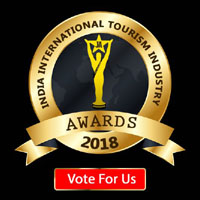
Indian Tour Packages and International Tours
Plan your travels.
Online Tour Packages, Holiday Packages and Travel Deals at number 1 Tour Booking Site.
Check Availability
Full enjoyment, secure your bookings, we recommend tours.
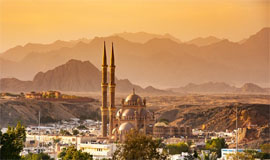
6 Nights / 7 Days
Egypt 2023 - Cairo & Sharm El Sheikh (Code-HKMT)

5 Nights / 6 Days
South Korea 2024 -Seoul Busan ( CodeHKKIM150424)
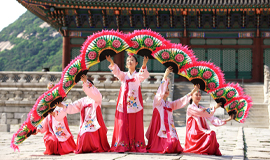
South Korea 2024-Fixed Departure Wednesday(Code:UHK150424)

6 Stunning Sustainable Travel Destinations to Explore on Your Next Vacation
Courtyard by marriott agra: a review of marriott brand standards, experiencing germany-wine tour in rummel winery and the park hotel experience, solo traveling in europe: navigating the continent with confidence, bahrain family vacations, a luxurious escape: fairfield marriott dehradun review, neoveda spa and lifestyle products by craft house, spa junkie-about neoveda spa, the metropolitan hotel & spa , new delhi, the wine world, zanzi tsuta: a harmonic blend of japanese culinary excellence in an extravagant ambience, the wolf transforms into a whisky haven with a glenfiddich bar takeover featuring brand ambassador angad singh gandhi, eco tourism, embracing nature in deutschland: my experience of sustainable travel in germany, germany welcomes indians to enjoy sense of connection, munroe island, a hidden pearl, destinations, undiscovered japan: izu peninsula, most beautiful places to visit in japan, ooty: a mesmerizing experience, top 7 luxury places to visit in dubai, top tourist attractions in bali: your ultimate guide, your ultimate guide to things to do in vietnam, discover monaco, gujarat, a land of multiple languages- explore with travel links..., explore vibrant gujarat with travel links magazine, unesco world heritage sites-india, latest magazine issue, travel links, editor and publisher.

Payal Sahni
“The only way to do great work is to love what you do”- Steve Jobs…
WANDER MALAYSIA
Recent news, saudia launches beta version of revolutionary digital platform, korea festival in worldmark delhi, the moscow city tourism committee conference for the key stakeholders from indian mice market, marriott international celebrates milestone on journey towards net- zero, the red sea: the first dark-sky destination in the middle east, lens vignette, stream glory, the fiercest animal and her babies, nobility in harness, nizamabd village nadikuda in nandipet mandal- sriram sagar backwaters, the wildlife of masai mara, kenya, lens vignette, rajsamand lake, rajsmand, rajasthan.
Cookies on GOV.UK
We use some essential cookies to make this website work.
We’d like to set additional cookies to understand how you use GOV.UK, remember your settings and improve government services.
We also use cookies set by other sites to help us deliver content from their services.
You have accepted additional cookies. You can change your cookie settings at any time.
You have rejected additional cookies. You can change your cookie settings at any time.
- Passports, travel and living abroad
- Travel abroad
- Foreign travel advice
Warnings and insurance
The Foreign, Commonwealth & Development Office (FCDO) provides advice about risks of travel to help British nationals make informed decisions. Find out more about FCDO travel advice .
Areas where FCDO advises against travel
Your travel insurance could be invalidated if you travel against FCDO advice. Consular support is also severely limited where FCDO advises against travel.
India-Pakistan border area
FCDO advises against all travel within the vicinity of the India-Pakistan border, except for at Wagah where travellers can cross the border.
Jammu and Kashmir
FCDO advises against all travel to the region of Jammu and Kashmir (including Pahalgam, Gulmarg, Sonamarg, the city of Srinagar, and the Jammu-Srinagar national highway), except for:
- travel by air to and from the city of Jammu
- travel within the city of Jammu
- travel within the region of Ladakh
FCDO advises against all but essential travel to the state of Manipur.
In April-May 2023 violent ethnic clashes broke out across Manipur, including in the state capital Imphal. Curfews and other restrictions have been imposed in many parts of the state. There may be transport disruptions. Internet services may be limited and restrictions might be imposed at short notice.
You should:
- avoid protests or large gatherings
- follow the advice of the local authorities and your travel company
- monitor local media and follow any curfew restrictions
Find out more about why FCDO advises against travel to these regions .
Before you travel
No travel can be guaranteed safe. Read all the advice in this guide as well as support for British nationals abroad which includes:
- advice on preparing for travel abroad and reducing risks
- information for women, LGBT+ and disabled travellers
Follow and contact FCDO travel on Twitter , Facebook and Instagram . You can also sign up to get email notifications when this travel advice is updated.
Travel insurance
If you choose to travel, research your destinations and get appropriate travel insurance . Insurance should cover your itinerary, planned activities and potential expenses in an emergency.
Related content
Is this page useful.
- Yes this page is useful
- No this page is not useful
Help us improve GOV.UK
Don’t include personal or financial information like your National Insurance number or credit card details.
To help us improve GOV.UK, we’d like to know more about your visit today. We’ll send you a link to a feedback form. It will take only 2 minutes to fill in. Don’t worry we won’t send you spam or share your email address with anyone.
A Gen Xer who got $250,000 in student loans forgiven said he can now finally start saving for retirement — and consider his dream of studying in India
- Joel Lambdin, 49, received $250,000 in student-loan forgiveness in January.
- It's a result of the Education Department's one-time account adjustments.
- Lambdin said the relief would allow him to save for retirement and consider long-term dreams.

Joel Lambdin finished graduate school in 1998 — but as a professional musician, he was hardly making enough money to pay off his student loans and other bills.
So Lambdin, now 49, said his only option to make ends meet was to put his student loans in forbearance — in which he was not making payments but interest was still accumulating .
"It was just so that I could subsist, so that I could survive," Lambdin told Business Insider. "With the hope that at some point, I would be making enough money that I would be able to take them out of forbearance and start paying them down."
But he grew to realize that the only way he could make a significant dent in his student loans was by switching careers. He didn't want to do that because he loved working in music, so he decided to keep his larger student loan in forbearance and begin paying off his smaller loan with a lower monthly payment.
He continued making those payments until the pandemic pause on student-loan payments , at which point he and his wife started making a plan of action to tackle the larger debt once the pause ended. That led them to discover the Education Department's initiative allowing some borrowers a one-time account adjustment . It lets the department evaluate borrowers' accounts and update payment progress toward forgiveness on income-driven repayment plans and Public Service Loan Forgiveness, including any payments made during a forbearance period.
That account adjustment led to a letter Lambdin received on January 31, reviewed by BI, from his student-loan servicer Aidvantage. It said: "Congratulations! The Biden-Harris Administration has forgiven your federal student loan(s) listed below with Aidvantage in full."
For Lambdin, that letter meant his $249,255 outstanding student-loan balance was effectively wiped out.
"It had started to feel like my fate was being decided for me by the cold hand of finance," Lambdin said, "and that was a weight that I didn't realize was there until it wasn't there."
He added: "The feeling was much more like putting down a backpack that was really full of books that you got used to. And then you put it down, and you're like, 'Oh, man, that feels so much better.' It's more like that, rather than sort of a jump-for-joy kind of situation."
While Lambdin is still working to determine what exactly the relief will mean for him and his wife, he said, discussing retirement is "a much more present conversation now" because contributing to savings is viable after the relief. He can also begin to look into buying a home.
Related stories
The Education Department continues to cancel student debt through its one-time account adjustments, a process it plans to complete this summer. Most recently, the department wiped out $7.4 billion in student debt for 277,000 borrowers , some of whom benefited from the adjustments.
Beyond financial goals, Lambdin said the relief was also allowing him the freedom to pursue some of his long-term dreams, including taking a sabbatical to study with his meditation teacher in India.
"It's something that I wouldn't have been able to even consider doing if we had to pay off student loans, but without them, it's something that I can really seriously consider doing," he said. "And so those are the kinds of things that I think get really lost in the monetary side of the conversation about debt relief."
'I've been really lucky'
While Lambdin said he felt as though he earned the relief given his decades of payments, he recognized that it's not that easy for many other borrowers.
For example, as BI has previously reported , some borrowers who might qualify for relief through different repayment programs may not have gotten it yet because of paperwork backlogs and administrative errors. On top of that, funding for federal student-loan servicers is strained — meaning many borrowers face hourslong hold times and cannot get clear answers from customer service regarding their payment progress.
"There are some real horror stories out there, and I've been really lucky in that I haven't experienced the kinds of shenanigans that other people have experienced," Lambdin said. "So I actually feel very lucky that things have transpired the way they have."
Some of those horror stories include inaccurate payment projections and delayed billing statements . When it comes to student-loan forgiveness, some borrowers told BI that their servicer made a mistake with the forgiveness , reinstating their payments months later.
The Education Department has said it's aware of the challenges borrowers face and has established an accountability framework to punish servicers when they fail to fulfill their contractual obligations.
The department is also in the process of crafting its new plan for student-loan forgiveness — it recently released the draft text of the rules , which included relief for borrowers with unpaid interest and those who have been in repayment for at least 20 years.
As for Lambdin, he's still figuring out how to approach life without student debt hanging over his head. But now he can consider various options, and he can thank the loan forgiveness for that freedom.
"There's a certain amount of waiting for the other shoe to drop because it's not that I don't trust that it's happening but just that the debt has been with me for so long, and then it's not there," Lambdin said. "And it's something that I think really takes some getting used to."
Watch: Biden announces who can have $10,000 erased in student loans
- Main content
India Connects Southeast Asia and Middle East, Says IndiGo Chairman – India Report
Bulbul Dhawan , Skift
April 22nd, 2024 at 11:00 PM EDT
Indian airlines are forging international partnerships and boosting connectivity at a rapid scale. These collaborations are helping India become an international hub.
Bulbul Dhawan
The Skift India Newsletter is your go-to platform for all news related to travel, tourism, airlines, and hospitality in India.
India is becoming a convenient hub for travel between Southeast Asia and the Middle East, IndiGo Chairman V Sumantran said during his address at a college in Chennai. He also cited the example of several airlines carrying passengers from places such as Bangkok to Jeddah or Dubai by connecting through Indian cities.
“India is slowly becoming a convenient hub for travel between South East Asia and the Middle East,” news agency PTI quoted him as saying.
Sumantran said there is huge growth that IndiGo can see coming out of this, as a result of which the airline has placed an order of 500 aircraft.
Speedy development in India: During his address, he asserted India is quickly undertaking infrastructural development. “We have about 140 operating airports now and this would increase to 220 by 2030. We are seeing a huge increase in regional travel,” he said. He added that many of the domestic routes are used by airlines for connectivity.
Increasing partnerships: Indian airlines such as full-service carriers Vistara and Air India have a robust international network of interline and codeshare partners . Air India is also a part of the Star Alliance . IndiGo is also actively increasing its roster of international partners .
These partnerships are playing an important role in making India the hub for international connectivity as well as making regional destinations in the country accessible for international passengers.
Air India to Debut New A350 on Delhi-Dubai Route
Full-service carrier Air India is set to debut its new A350 aircraft on the Delhi-Dubai route from May 1. The aircraft would feature Air India’s new livery, which was unveiled last year as part of the airline’s rebranding. With this, Air India becomes the only carrier to operate the A350 between India and Dubai, the airline said in a statement.
Meanwhile, Air India sold its last four Boeing 747-400 jumbo jetliners . The last of the jumbo jets flew from Mumbai on Monday . Historically, the aircraft had served as the primary carrier for Air India’s international operations.
Indian Railways Operates Record Number of Additional Trains in Summer 2024
The Indian Railways is operating a record 9,111 trips during this summer season, it has said in a statement . This is a 43% year-on-year increase in the number of trips operated by Indian Railways during the summer.
Summer travel rush has been observed in Maharashtra, Gujarat, Rajasthan, Tamil Nadu, Andhra Pradesh, Telangana, Odisha, West Bengal, Bihar, Madhya Pradesh, and Delhi.
IndiGo Set to Fly Direct From Chennai to Durgapur and Bangkok
Budget airline IndiGo is set to operate direct flights between Chennai and Durgapur in West Bengal from May 16. The airline is also set to resume flying the Chennai-Bangkok sector from May 15.
The move will not only connect the tier II city of Durgapur with the Chennai metropolitan, but also allow passengers to fly between Durgapur and Bangkok via Chennai. Serving more than 125 routes, IndiGo is playing a key role in enhancing regional and international connectivity in India.
“The enhanced accessibility and connectivity provided by these flights will not only strengthen regional and international connectivity, but also create new trade and tourism opportunities,” said IndiGo head of sales Vinay Malhotra. With this, IndiGo is set to operate 69 direct flights to Thailand from seven Indian cities.
Air India Suspends Flights to Tel Aviv Until April 30
Former national carrier Air India has suspended flights to Tel Aviv in Israel until April 30. This has come amid tensions between Israel and Iran as Iran attacked Israel on April 13 followed by Israel’s retaliation .
Air India said that it is monitoring the situation and “extending support to passengers who have confirmed bookings for travel to and from Tel Aviv during this period, with a one-time waiver on rescheduling and cancellation charges.”
Last week, the Indian civil aviation ministry had advised Indian airlines to assess risks before flying internationally.
Cinnamon Hotels Appoints Palak Shah as Sales Vice President
Sri Lankan luxury hotel chain brand Cinnamon Hotels and Resorts has appointed Palak Shah as vice president of sales. Shah has been tasked with leading the company’s strategic sales initiatives, particularly focusing on India and key source markets.
Prior to this, Shah was regional sales director for Southwest Asia at IHG (InterContinental Hotels Group). At Cinnamon, he will also lead and oversee the company’s global sales offices in India, China, and the United Kingdom.
Skift India Report
The Skift India Report is your go-to newsletter for all news related to travel, tourism, airlines, and hospitality in India.
Have a confidential tip for Skift? Get in touch
Tags: air india , airlines , airport , airports , aviation , aviation industry , aviation news , dubai , hotels , india , india budget , india outbound , india travel , indian airlines , indian railways , indigo , indigo airlines , international tourism , international travel , iran , israel , Israel travel , tourism , trains , Travel Trends
Photo credit: The IndiGo chairman said that many domestic routes in India are used by airlines for connectivity. Rudy and Peter Skitterians / Pixabay
India's IndiGo orders 30 Airbus A350s in bet on long-haul routes
- Medium Text

Sign up here.
Reporting by Nandan Mandayam in Bengaluru and Aditi Shah in New Delhi, additional reporting by Tim Hepher in Paris; Editing by Sohini Goswami, Savio D'Souza and Tomasz Janowski
Our Standards: The Thomson Reuters Trust Principles. New Tab , opens new tab

Business Chevron

Deutsche Bank to assess options for possible Postbank settlement
Deutsche Bank said on Sunday that it would "carefully assess" options for a possible settlement in litigation over its takeover of Postbank that has required it to make provision for claims of up to 1.3 billion euros ($1.39 billion).

We've detected unusual activity from your computer network
To continue, please click the box below to let us know you're not a robot.
Why did this happen?
Please make sure your browser supports JavaScript and cookies and that you are not blocking them from loading. For more information you can review our Terms of Service and Cookie Policy .
For inquiries related to this message please contact our support team and provide the reference ID below.
Advertisement
Supported by
Hot Oceans Worsened Dubai’s Dramatic Flooding, Scientists Say
An international team of researchers found that heavy rains had intensified in the region, though they couldn’t say for sure how much climate change was responsible.
- Share full article

By Raymond Zhong
Scenes of flood-ravaged neighborhoods in one of the planet’s driest regions stunned the world this month. Heavy rains in the United Arab Emirates and Oman submerged cars, clogged highways and killed at least 21 people. Flights out of Dubai’s airport, a major global hub, were severely disrupted.
The downpours weren’t a total surprise — forecasters had anticipated the storms several days earlier and issued warnings. But they were certainly unusual.
Here’s what to know.
Heavy rain there is rare, but not unheard-of.
On average, the Arabian Peninsula receives a scant few inches of rain a year, although scientists have found that a sizable chunk of that precipitation falls in infrequent but severe bursts, not as periodic showers. These rains often come during El Niño conditions like the ones the world is experiencing now.
U.A.E. officials said the 24-hour rain total on April 16 was the country’s largest since records there began in 1949 . And parts of the nation had already experienced an earlier round of thunderstorms in March.
Oman, with its coastline on the Arabian Sea, is also vulnerable to tropical cyclones. Past storms there have brought torrential rain, powerful winds and mudslides, causing extensive damage.
Global warming is projected to intensify downpours.
Stronger storms are a key consequence of human-caused global warming. As the atmosphere gets hotter, it can hold more moisture, which can eventually make its way down to the earth as rain or snow.
But that doesn’t mean rainfall patterns are changing in precisely the same way across every part of the globe.
In their latest assessment of climate research , scientists convened by the United Nations found there wasn’t enough data to have firm conclusions about rainfall trends in the Arabian Peninsula and how climate change was affecting them. The researchers said, however, that if global warming were to be allowed to continue worsening in the coming decades, extreme downpours in the region would quite likely become more intense and more frequent.
Hot oceans are a big factor.
An international team of scientists has made a first attempt at estimating the extent to which climate change may have contributed to April’s storms. The researchers didn’t manage to pin down the connection precisely, though in their analysis, they did highlight one known driver of heavy rain in the region: above-normal ocean temperatures.
Large parts of the Indian, Pacific and Atlantic Oceans have been hotter than usual recently, in part because of El Niño and other natural weather cycles, and in part because of human-induced warming .
When looking only at El Niño years, the scientists estimated that storm events as infrequent as this month’s delivered 10 percent to 40 percent more rain to the region than they would in a world that hadn’t been warmed by human activities. They cautioned, however, that these estimates were highly uncertain.
“Rainfall, in general, is getting more extreme,” said Mansour Almazroui, a climate scientist at King Abdulaziz University in Jeddah, Saudi Arabia, and one of the researchers who contributed to the analysis.
The analysis was conducted by scientists affiliated with World Weather Attribution, a research collaboration that studies extreme weather events shortly after they occur. Their findings about this month’s rains haven’t yet been peer reviewed, but are based on standardized methods .
The role of cloud seeding isn’t clear.
The U.A.E. has for decades worked to increase rainfall and boost water supplies by seeding clouds. Essentially, this involves shooting particles into clouds to encourage the moisture to gather into larger, heavier droplets, ones that are more likely to fall as rain or snow.
Cloud seeding and other rain-enhancement methods have been tried around the world, including in Australia, China, India, Israel, South Africa and the United States. Studies have found that these operations can, at best, affect precipitation modestly — enough to turn a downpour into a bigger downpour, but probably not a drizzle into a deluge.
Still, experts said pinning down how much seeding might have contributed to this month’s storms would require detailed study.
“In general, it is quite a challenge to assess the impact of seeding,” said Luca Delle Monache, a climate scientist at the Scripps Institution of Oceanography in La Jolla, Calif. Dr. Delle Monache has been leading efforts to use artificial intelligence to improve the U.A.E.’s rain-enhancement program.
An official with the U.A.E.’s National Center of Meteorology, Omar Al Yazeedi, told news outlets that the agency didn’t conduct any seeding during the latest storms. His statements didn’t make clear, however, whether that was also true in the hours or days before.
Mr. Al Yazeedi didn’t respond to emailed questions from The New York Times, and Adel Kamal, a spokesman for the center, didn’t have further comment.
Cities in dry places just aren’t designed for floods.
Wherever it happens, flooding isn’t just a matter of how much rain comes down. It’s also about what happens to all that water once it’s on the ground — most critically, in the places people live.
Cities in arid regions often aren’t designed to drain very effectively. In these areas, paved surfaces block rain from seeping into the earth below, forcing it into drainage systems that can easily become overwhelmed.
One recent study of Sharjah , the capital of the third-largest emirate in the U.A.E., found that the city’s rapid growth over the past half-century had made it vulnerable to flooding at far lower levels of rain than before.
Omnia Al Desoukie contributed reporting.
Raymond Zhong reports on climate and environmental issues for The Times. More about Raymond Zhong

IMAGES
VIDEO
COMMENTS
Embark on a mesmerizing journey to experience the magic of the Pushkar Fair in 2023 and extend your travels to the culturally rich and diverse state of Odisha with Travel Link. Explore ancient temples, untouched beaches, and wildlife sanctuaries, and immerse yourself in the enigmatic world of tribal cultures.
Unveil the vibrant tribes of Odisha with Travel Link. Immerse in rich traditions, witness mesmerizing customs, and gain deep insights into their heritage. Join us for an unforgettable cultural journey. ... Bhubaneswar-751019 Odisha India. Home | About | Holiday Options | Stays | Get In Touch Contact : +91 9078547077 Email : info@travellink ...
The same rule applies when passing things to people - including money. If you get invited to someone's home, bring a small gift (flowers or sweets are always a safe bet) and remove your shoes before entering. It's polite to eat and drink what you are offered, even if you don't really fancy it. 9. Dress modestly.
Embark on a mesmerizing journey to experience the magic of the Pushkar Fair in 2023 and extend your travels to the culturally rich and diverse state of Odisha with Travel Link. Explore ancient temples, untouched beaches, and wildlife sanctuaries, and immerse yourself in the enigmatic world of tribal cultures. Discover the true essence of India ...
Stay alert to your surroundings, and keep a close eye on your handbag and luggage. Keep the Tourist Helpline number handy and call if you need any assistance: 1-800-111363. 5. Try a small group tour. For your first time in India, try taking a small group or custom tour to help you get your feet wet.
Get in contact with one of our travel experts to create your customized tour packages. Or give us a call at our toll-free number to make your travel arrangements within a budget. Book Now Affordable Holiday Packages and Tour Packages for domestic and international. Travellinktrip also offers personalized and luxury tours.
Travelink Your Travel Partner Online Offers An Interactive Online Booking Interface To Travel Agents And Tour Operators, Allowing Them To Book Travel Products Like Hotels, Flights, Bus ,Transfers, Sightseeing And Holiday Packages ,Pan Card ,Bbps ,Aeps ,Dmt And All Recharges. ... India.It is located at the confluence of the Kangsabati and Kumari ...
Book a holiday and get the best deals. More flight combinations than anyone else. Free rebooking on many flights. We compare millions of hotels and accommodation.
Authorized Portal for Visa Application to India. All foreign nationals entering India are required to possess a valid international travel document in the form of a national passport with a valid visa from an Indian Mission/Post or eVisa (Limited Categories) from Bureau of Immigration, Ministry of Home Affairs. Avail Indian Visa plus services ...
Call us in Washington, D.C. at 1-888-407-4747 (toll-free in the United States and Canada) or 1-202-501-4444 (from all other countries) from 8:00 a.m. to 8:00 p.m., Eastern Standard Time, Monday through Friday (except U.S. federal holidays). See the State Department's travel website for the Worldwide Caution and Travel Advisories.
Travel during daylight hours only, especially in rural areas. If you choose to drive a vehicle in India, learn the local traffic laws and have the proper paperwork. Get any driving permits and insurance you may need. Get an International Driving Permit (IDP). Carry the IDP and a US-issued driver's license at all times.
June 23, 2023. India - Level 2: Exercise Increased Caution. O U T C. Reissued with updates to health information. Exercise increased caution in India due to crime and terrorism. Do not travel to: The union territory of Jammu and Kashmir (except the eastern Ladakh region and its capital, Leh) due to terrorism and civil unrest. Within 10 km of ...
SkyLink since 1985, offers the cheapest & best Tour Packages in India & worldwide. Book family, honeymoon, customized tours & holiday packages at lowest price guaranteed.
Explore vibrant Gujarat with Travel Links magazine. Find Your Perfect Travel Destination with Travel Links Live Magazine in India. Get the latest travel & tourism articles, journeys, blog posts, tips online & more.
Learn how to apply for a U.S. visa from India with USTravelDocs, the official website for visa information and services.
USTravelDocs is your one-stop portal for applying for a U.S. visa from India. Find out how to create an account, pay the fee, and schedule your appointment online.
Latest FCDO travel advice for India including on entry requirements, safety and security and local laws and customs. ... We'll send you a link to a feedback form. It will take only 2 minutes to ...
A Gen Xer who got $250,000 in student loans forgiven said he can now finally start saving for retirement — and consider his dream of studying in India Ayelet Sheffey 2024-04-21T10:18:01Z
India is becoming a convenient hub for travel between Southeast Asia and the Middle East, IndiGo Chairman V Sumantran said during his address at a college in Chennai. He also cited the example of ...
IndiGo, India's top airline by market share, on Thursday placed its first-ever order for wide-body aircraft as the low-cost carrier intensifies its efforts to take a bigger slice of the ...
American Airlines - Airline tickets and low fares at aa.com
Technicians at a company that repairs and maintains Air India Ltd. aircraft have called off a strike planned for Tuesday, easing concerns that the industrial action could spark a renewed bout of ...
Large parts of the Indian, Pacific and Atlantic Oceans have been hotter than usual recently, in part because of El Niño and other natural weather cycles, and in part because of human-induced warming.
Jaclyn Sienna India's members-only travel agency offers a $150,000 yearly option for unlimited travel and dining reservations, plus 'lifestyle' help.